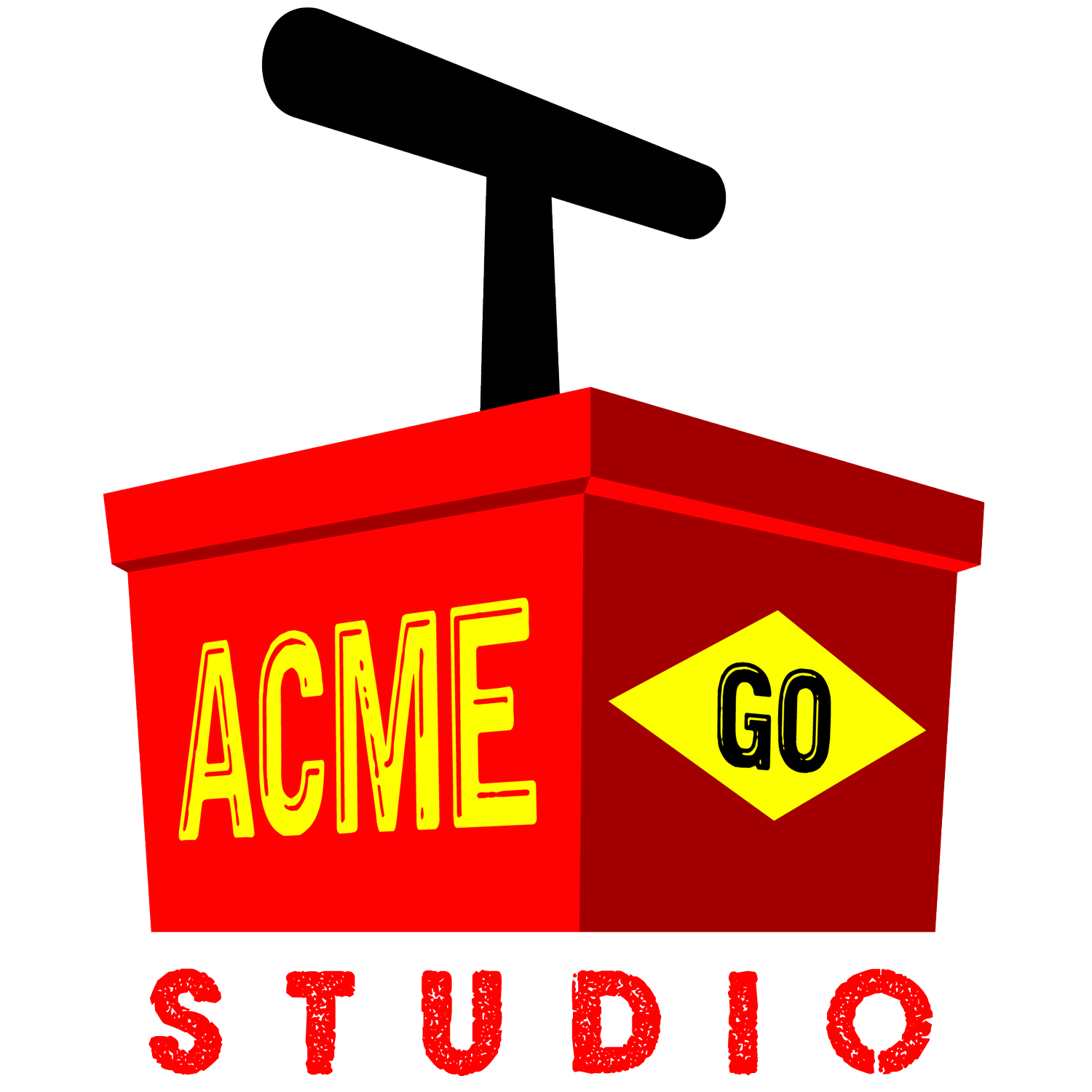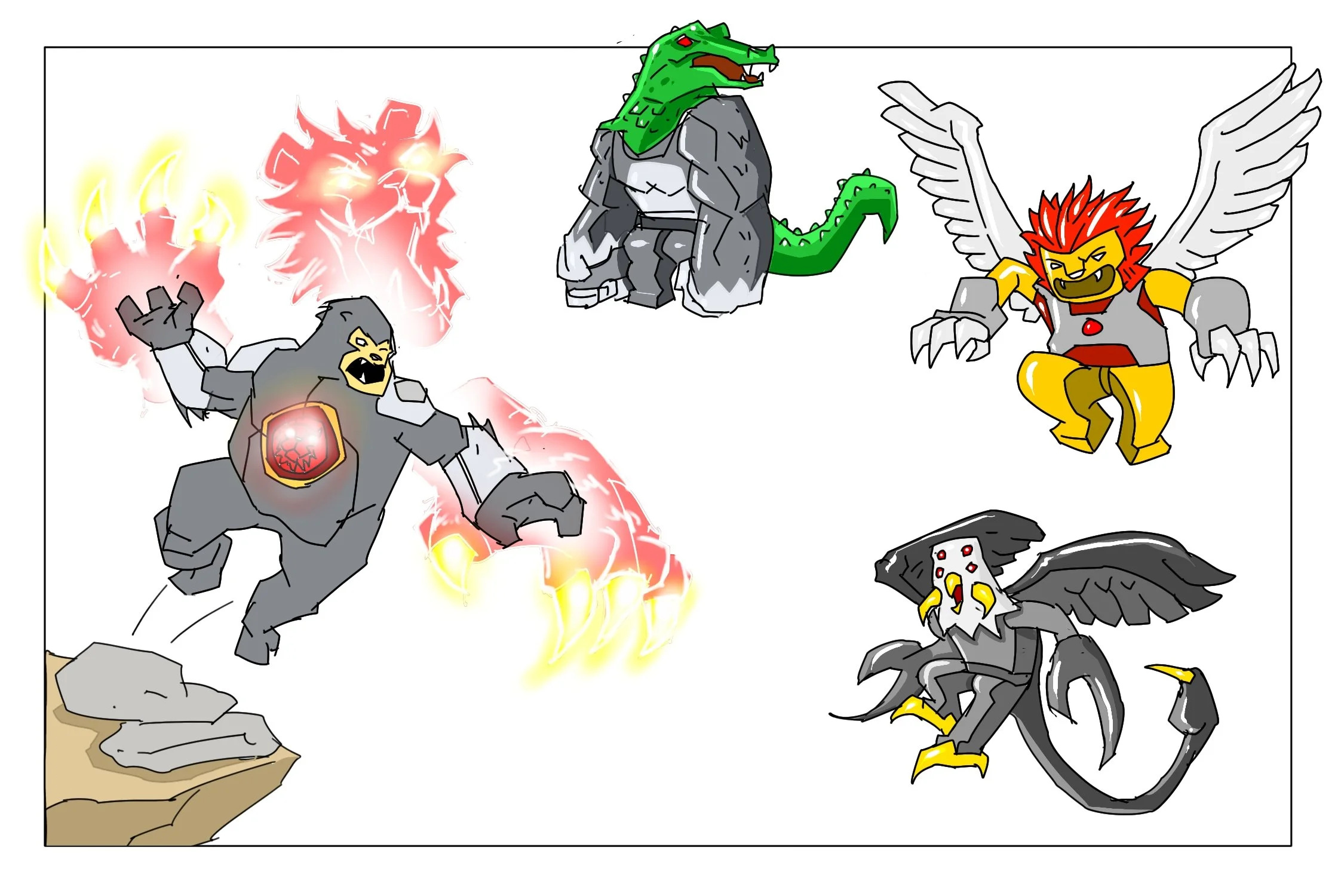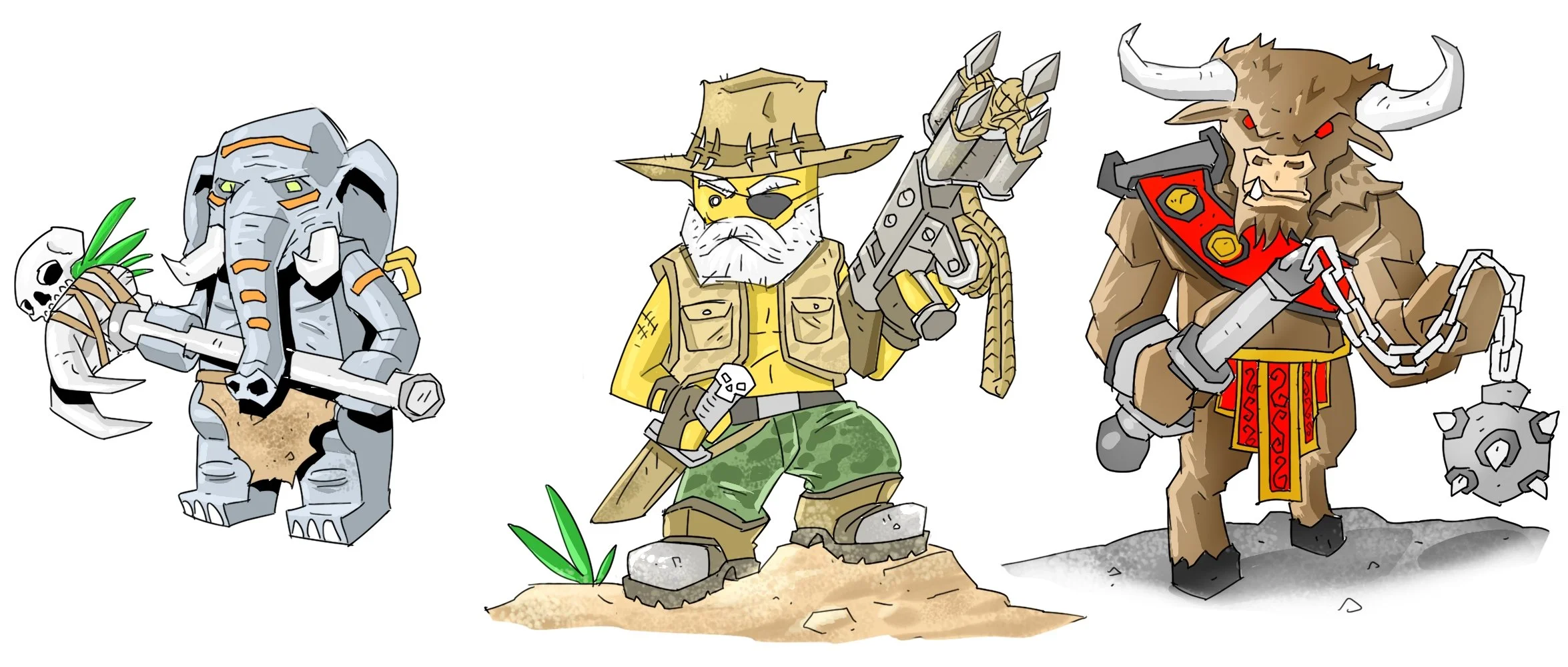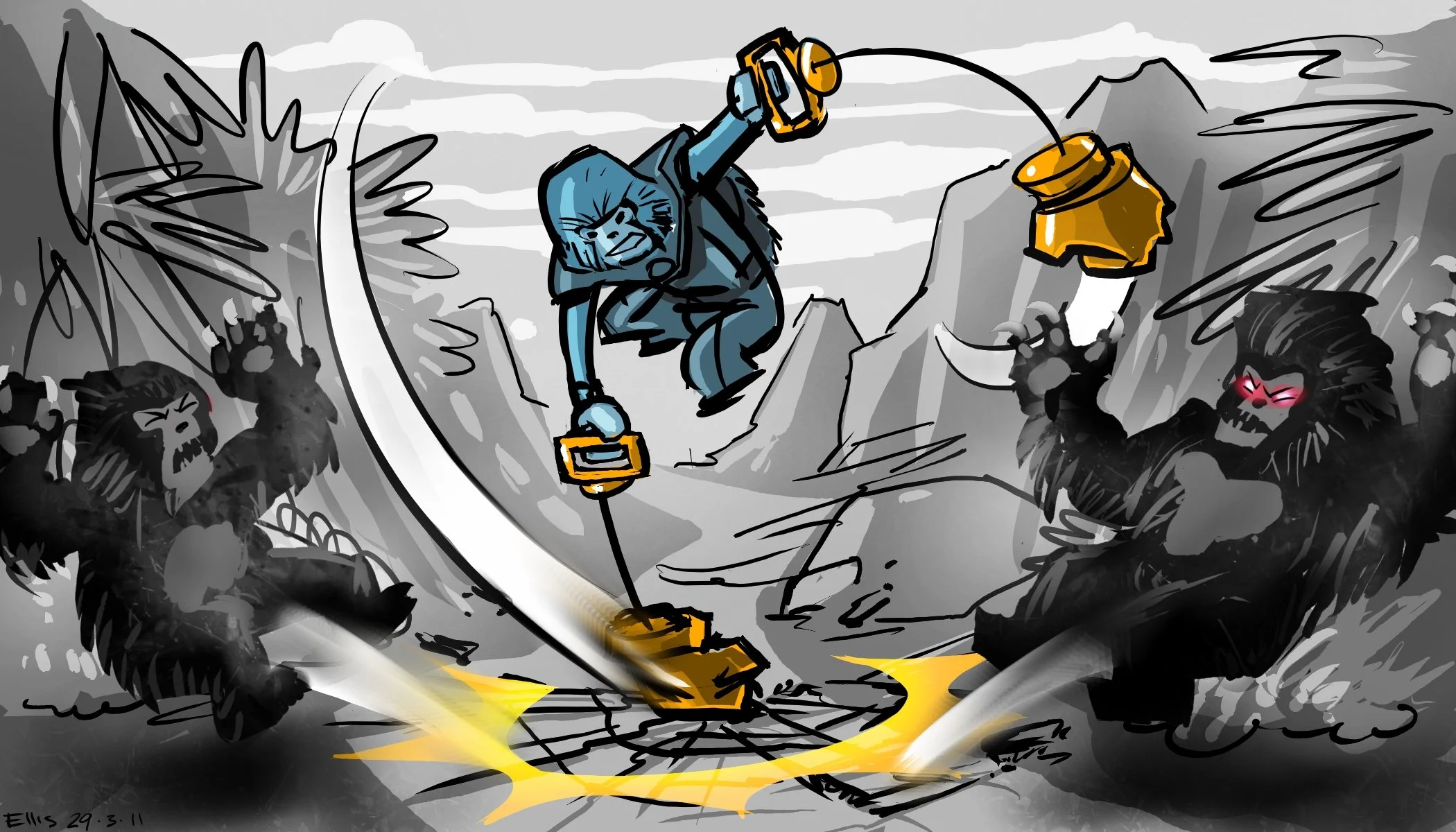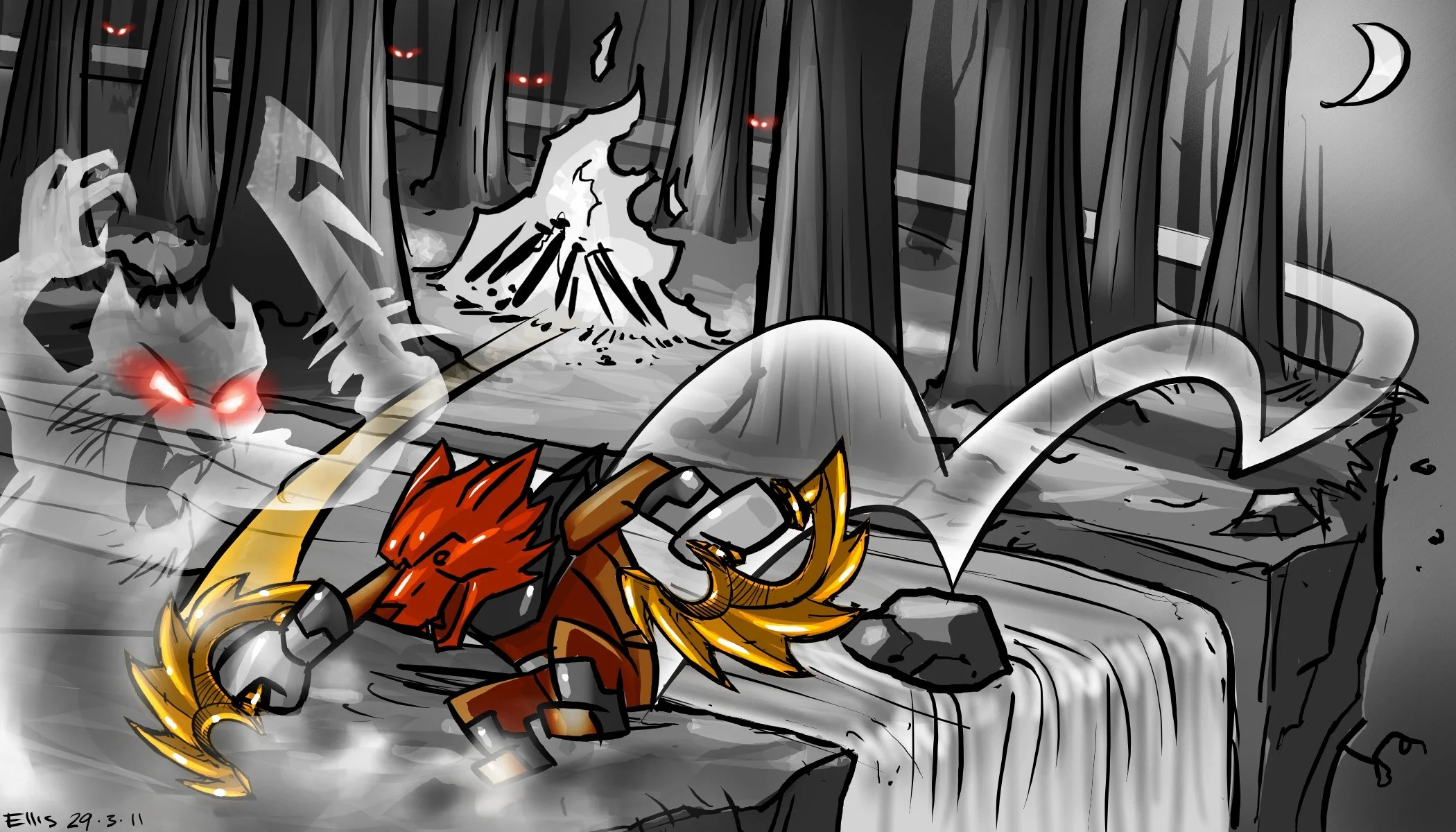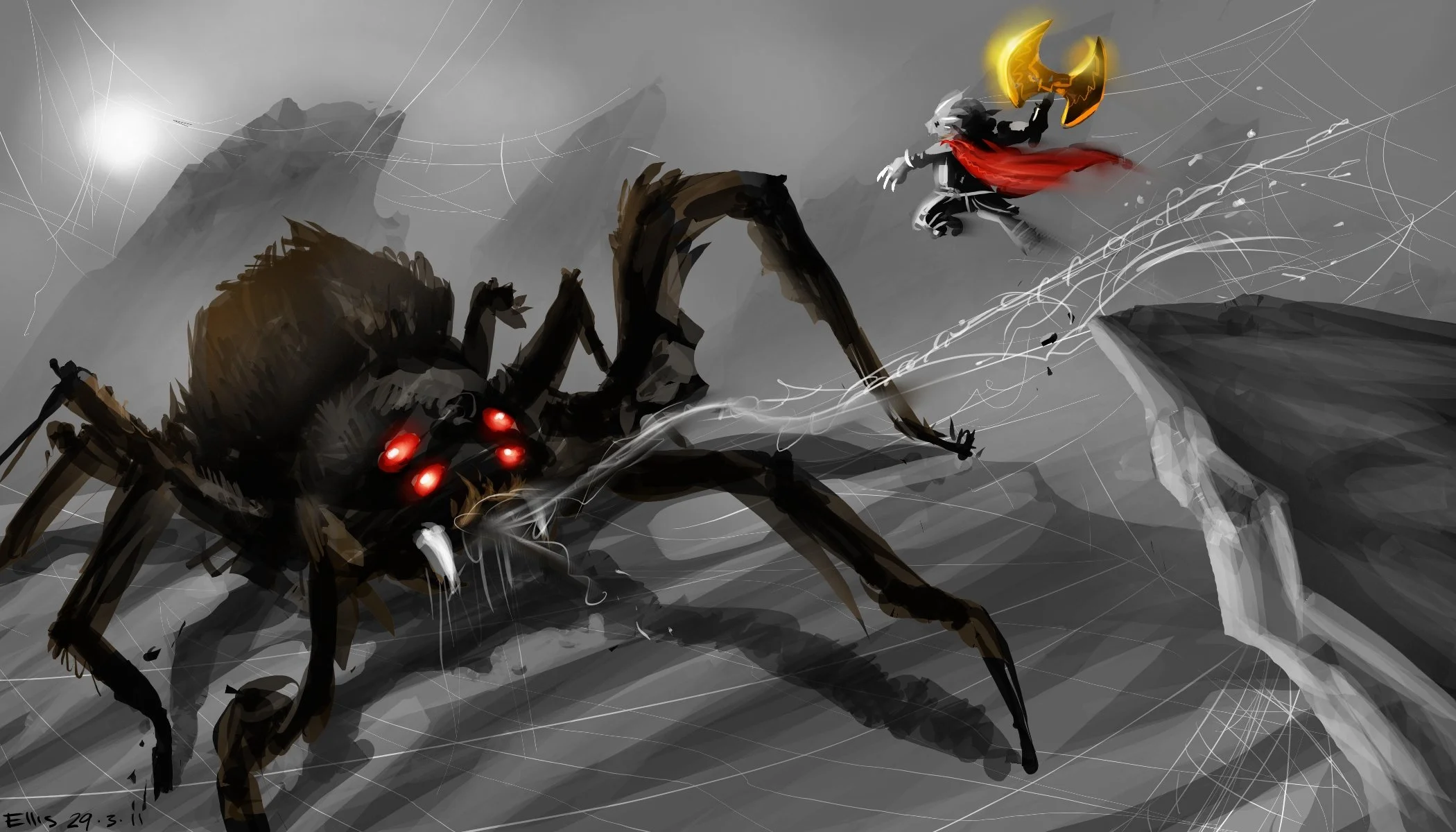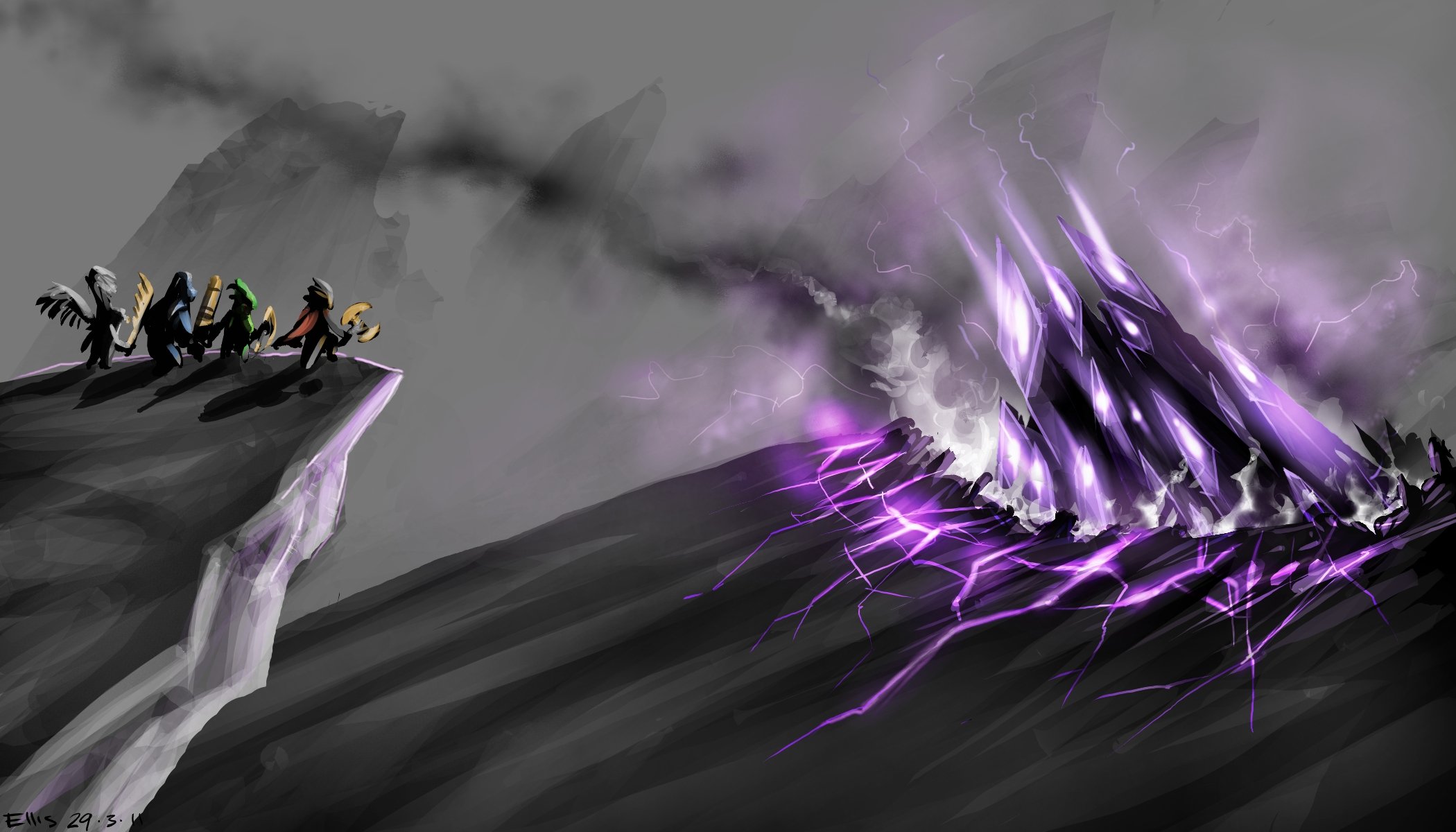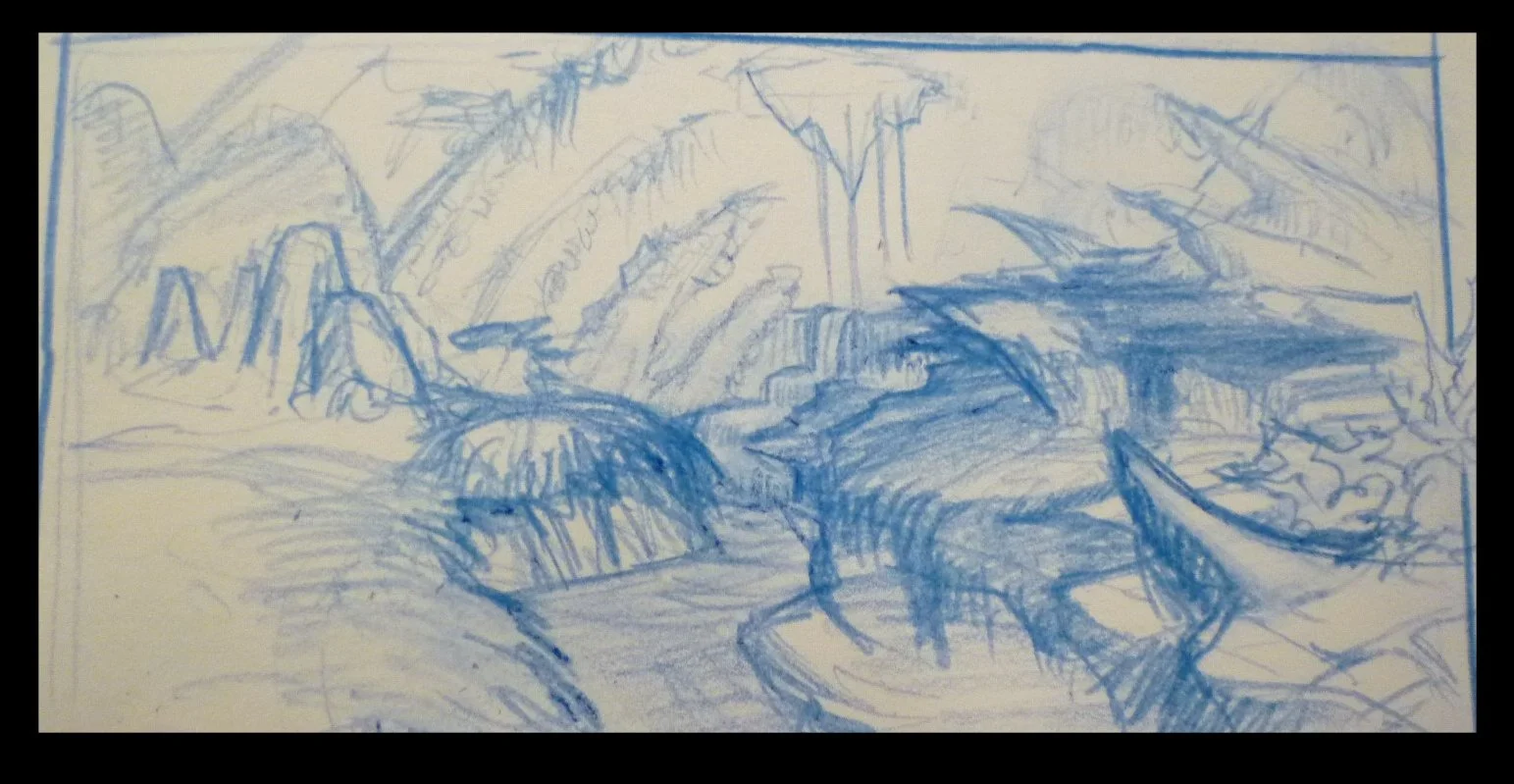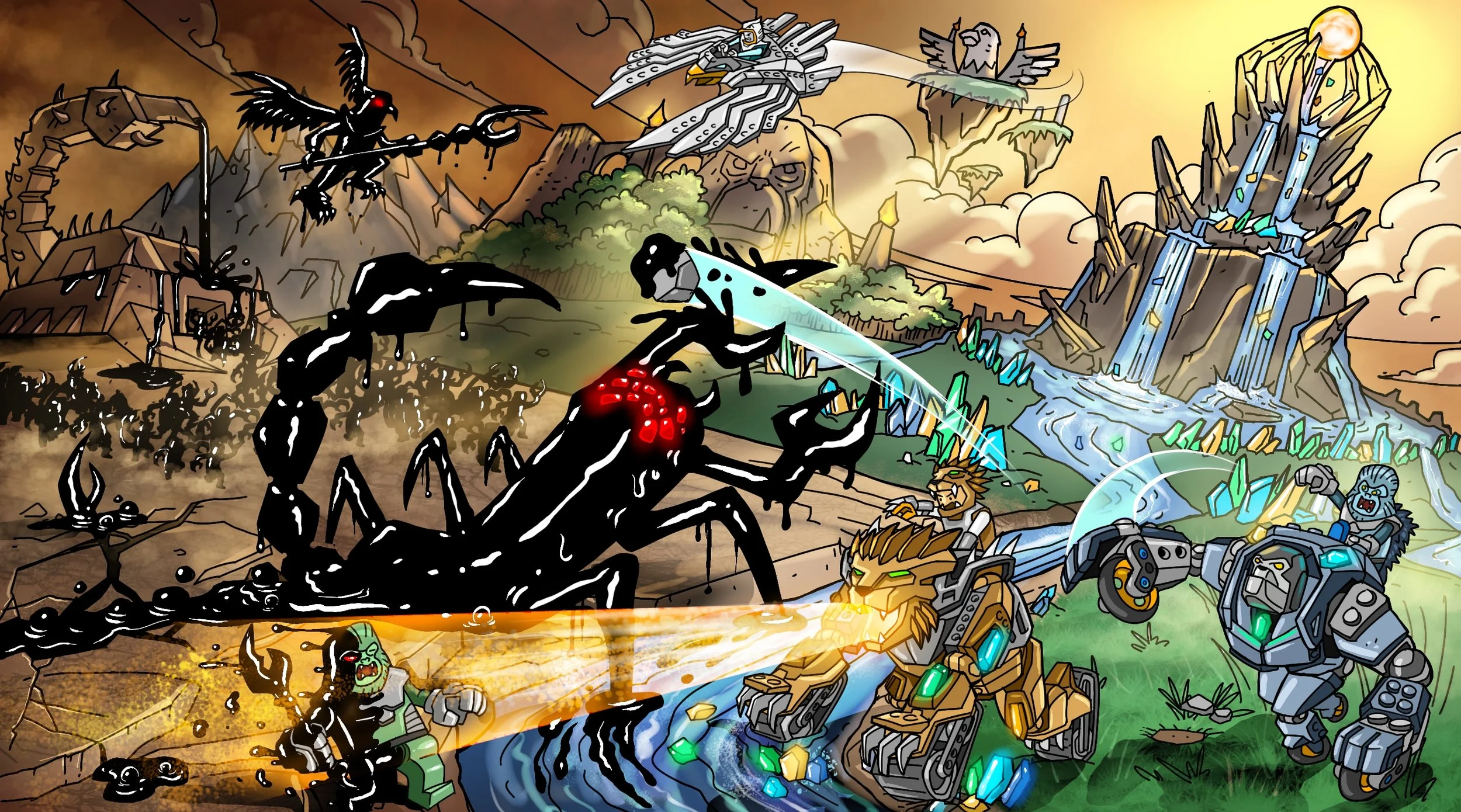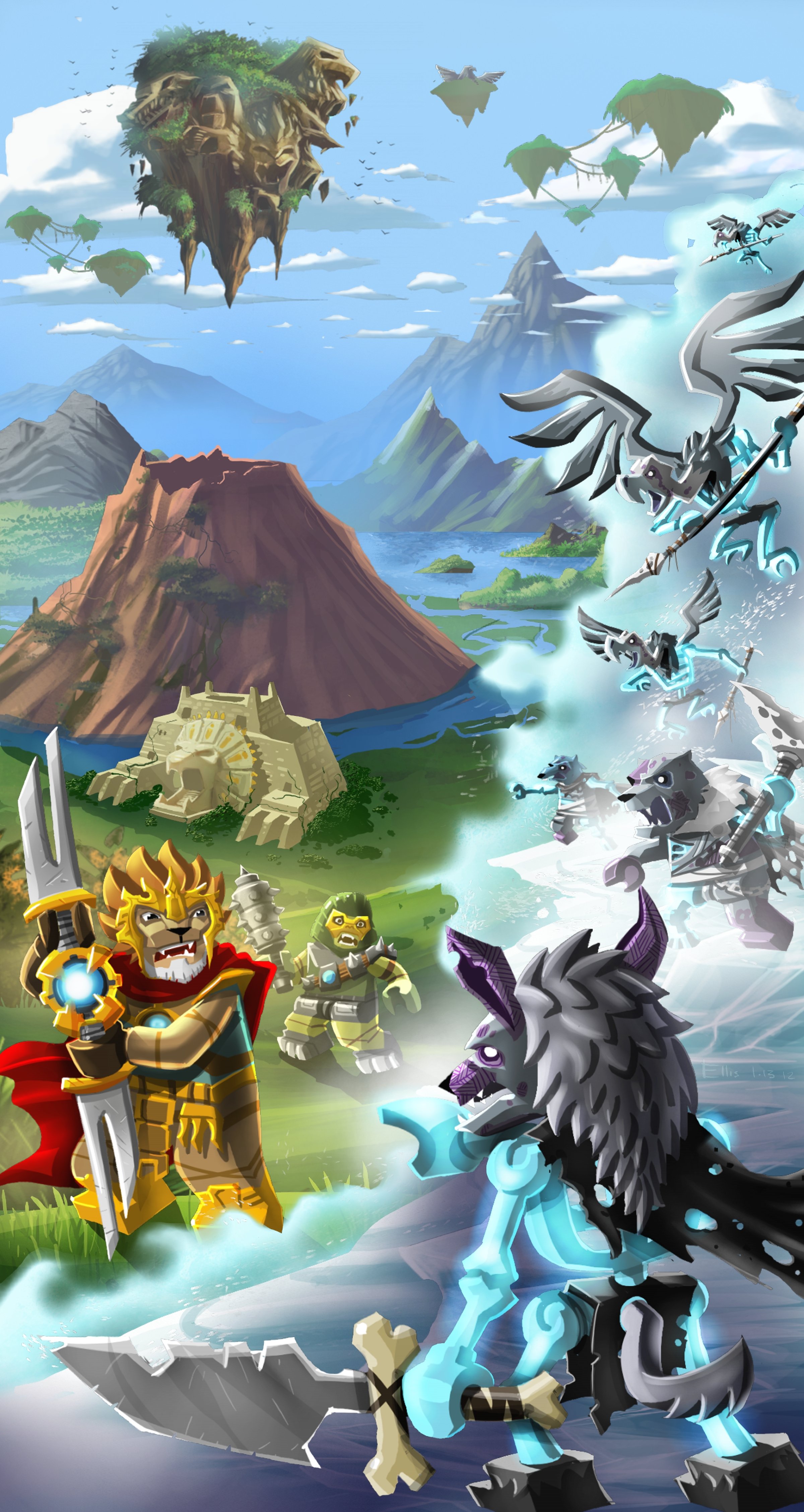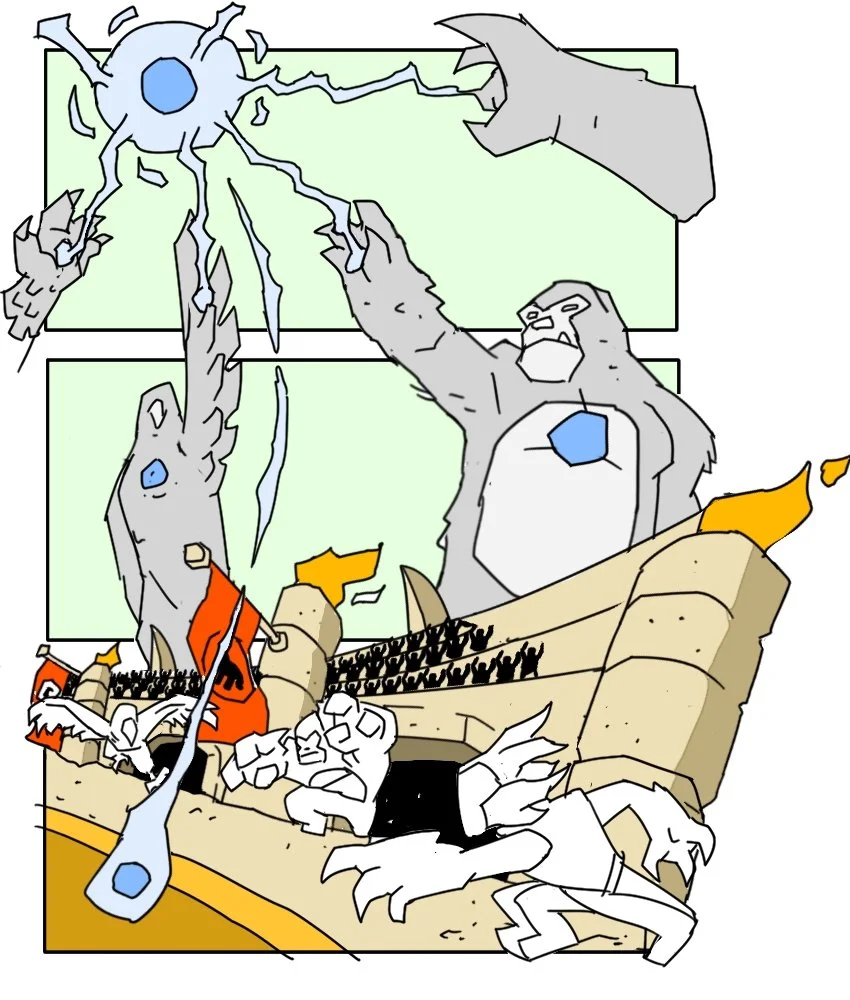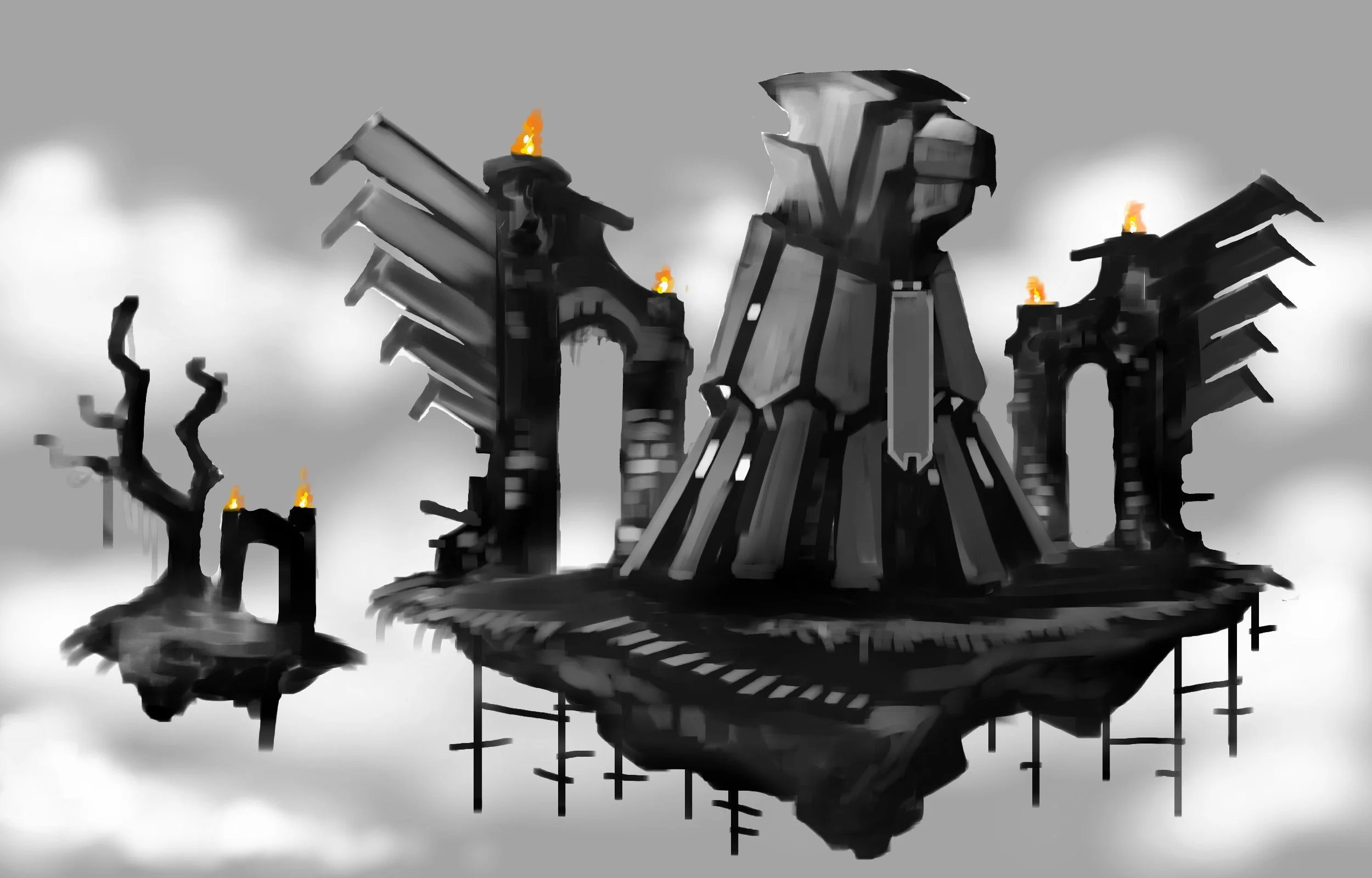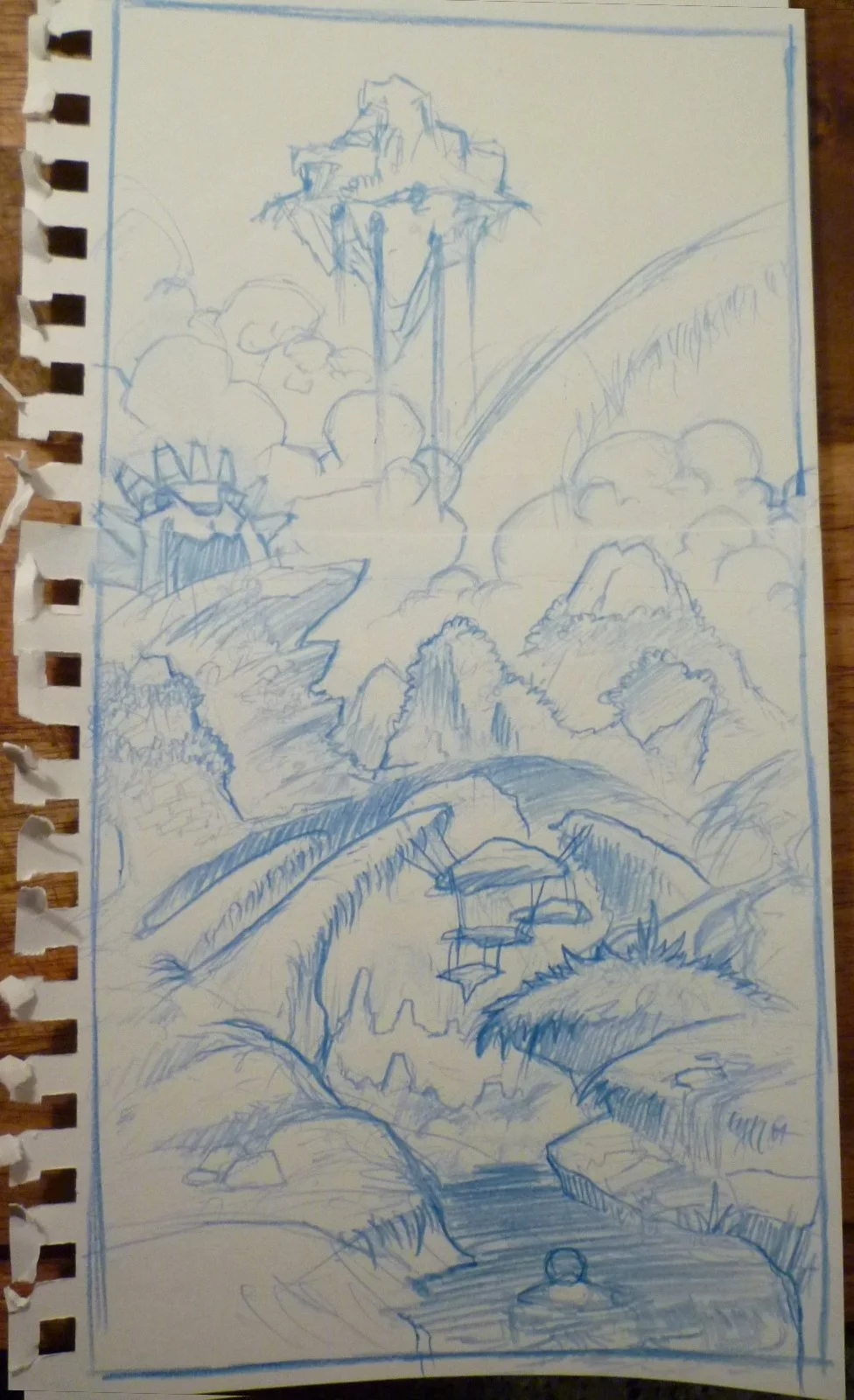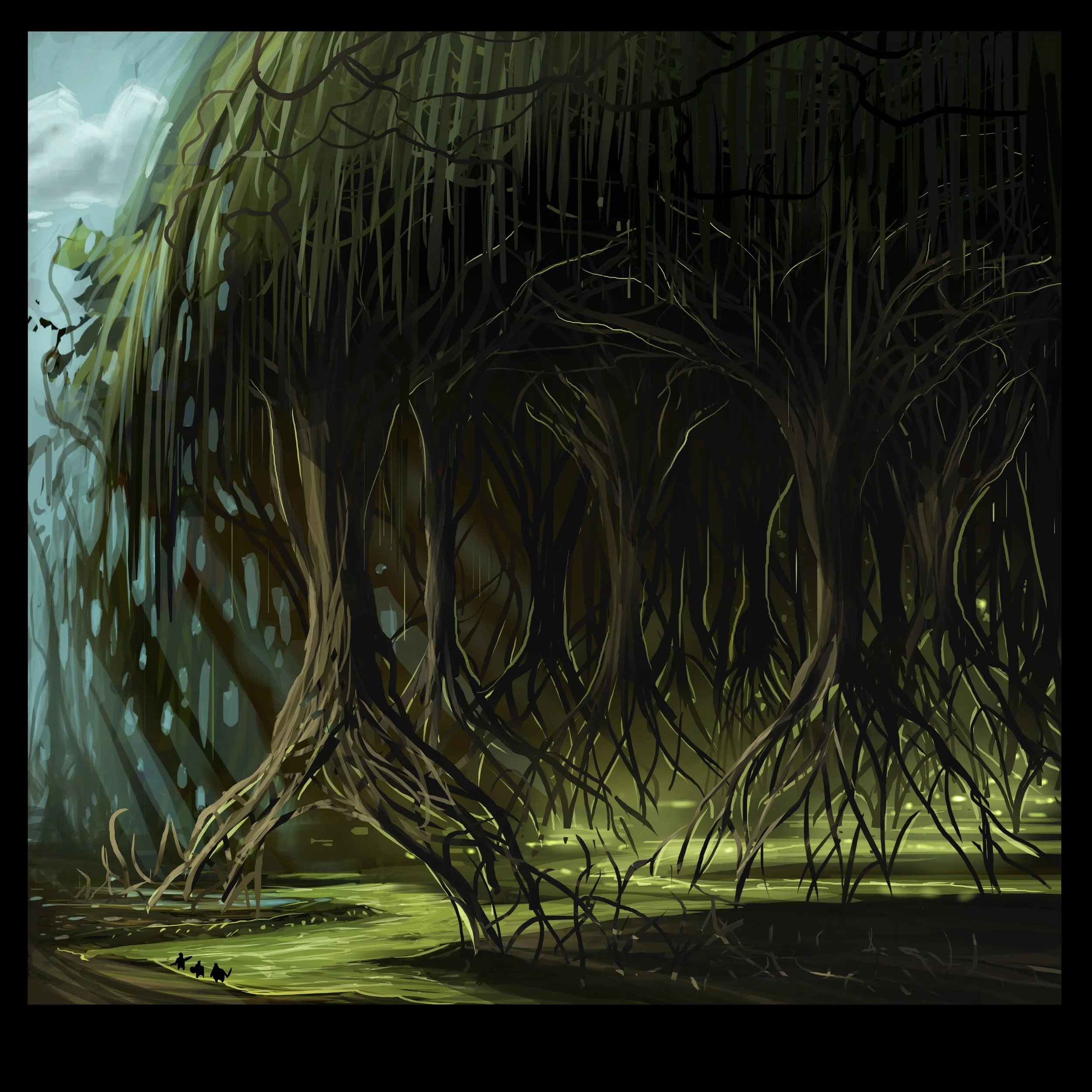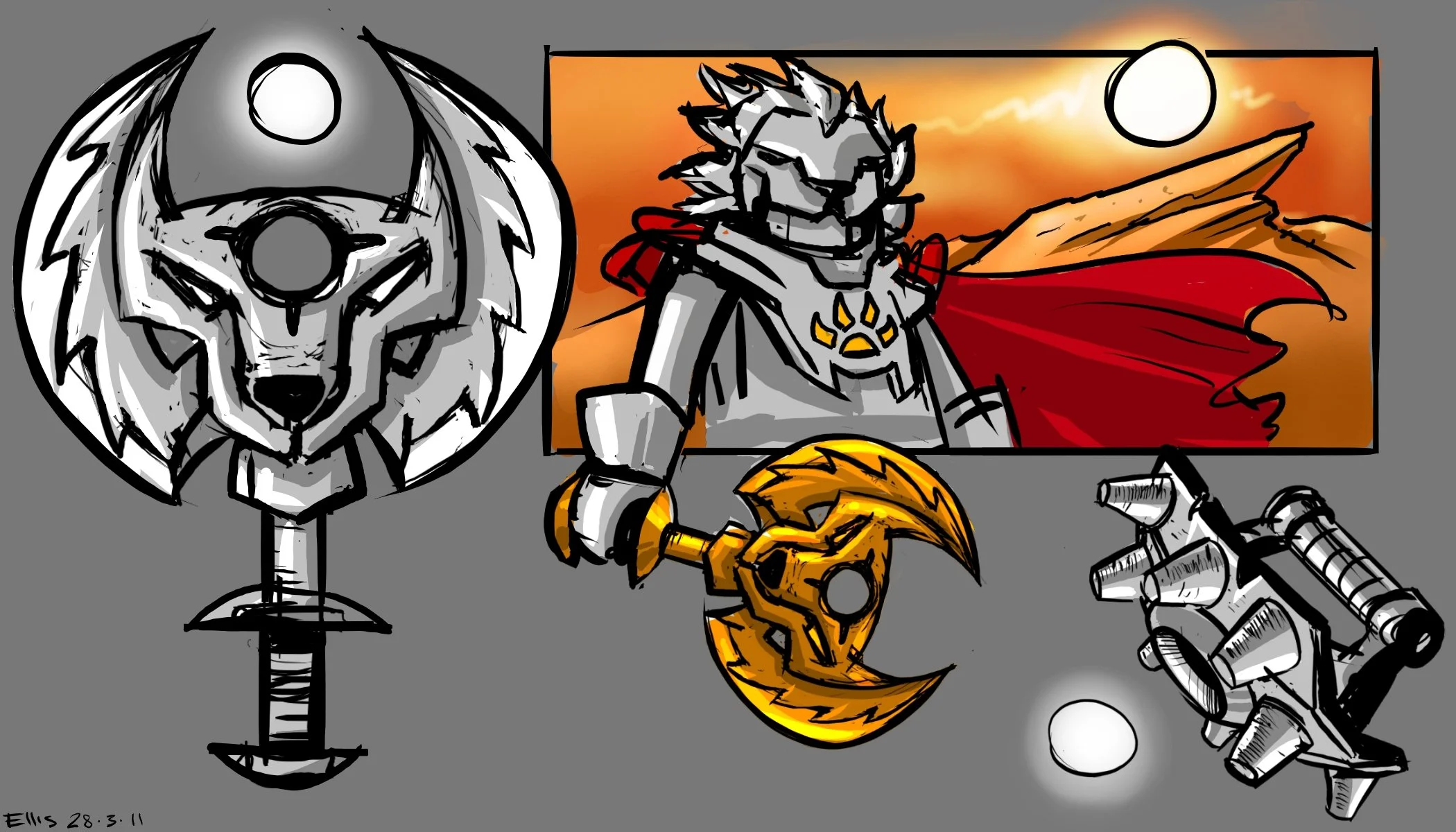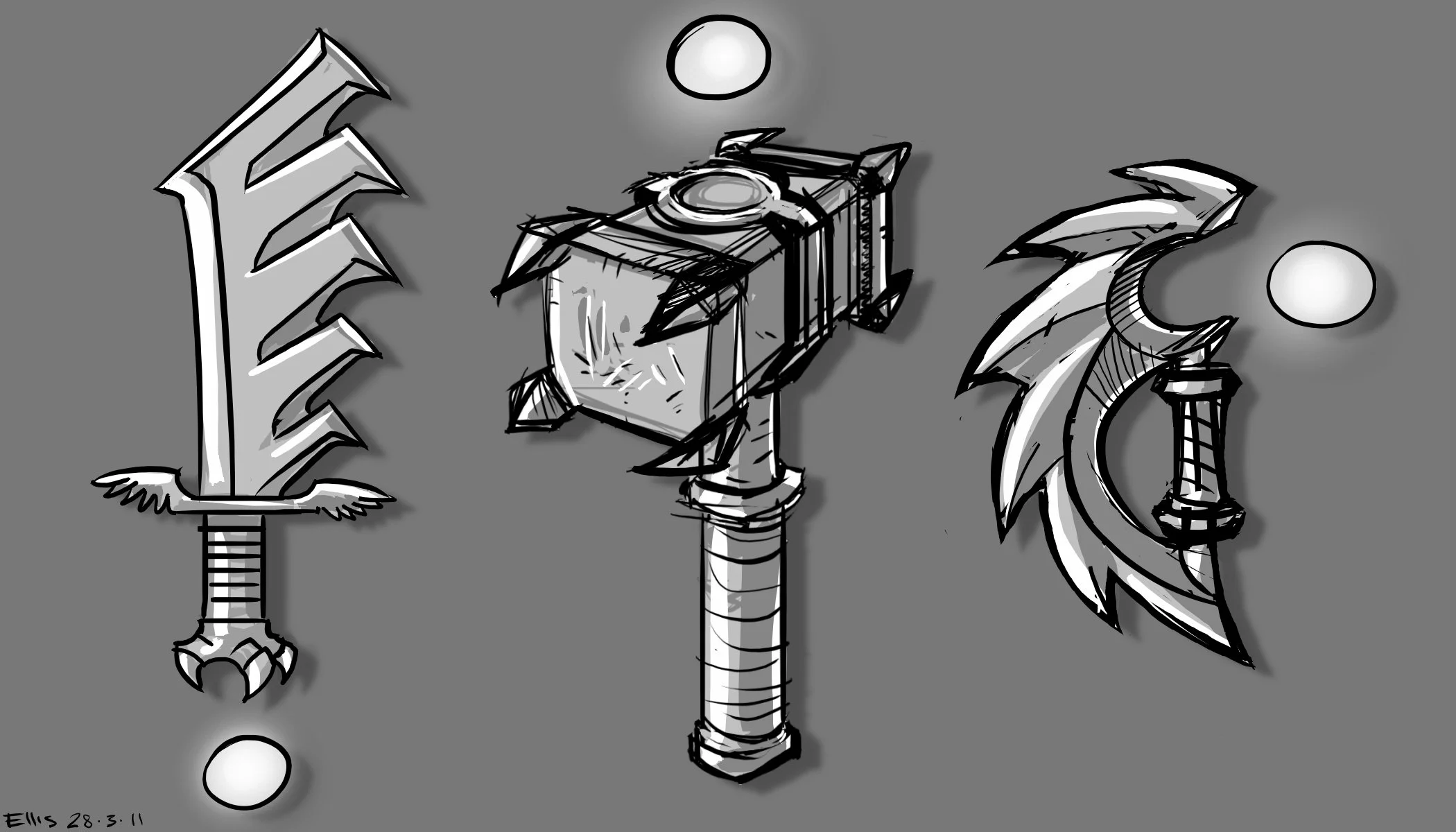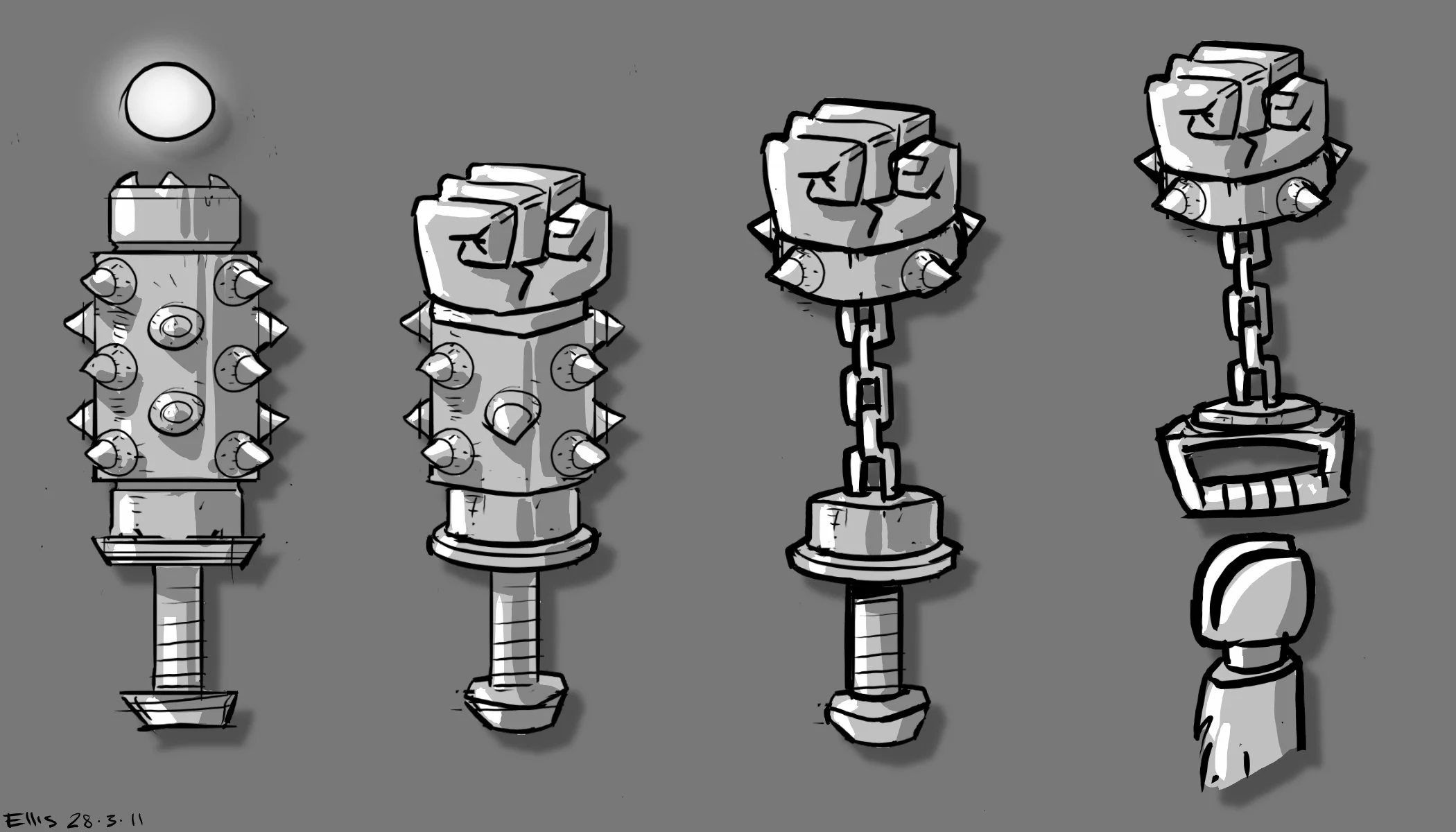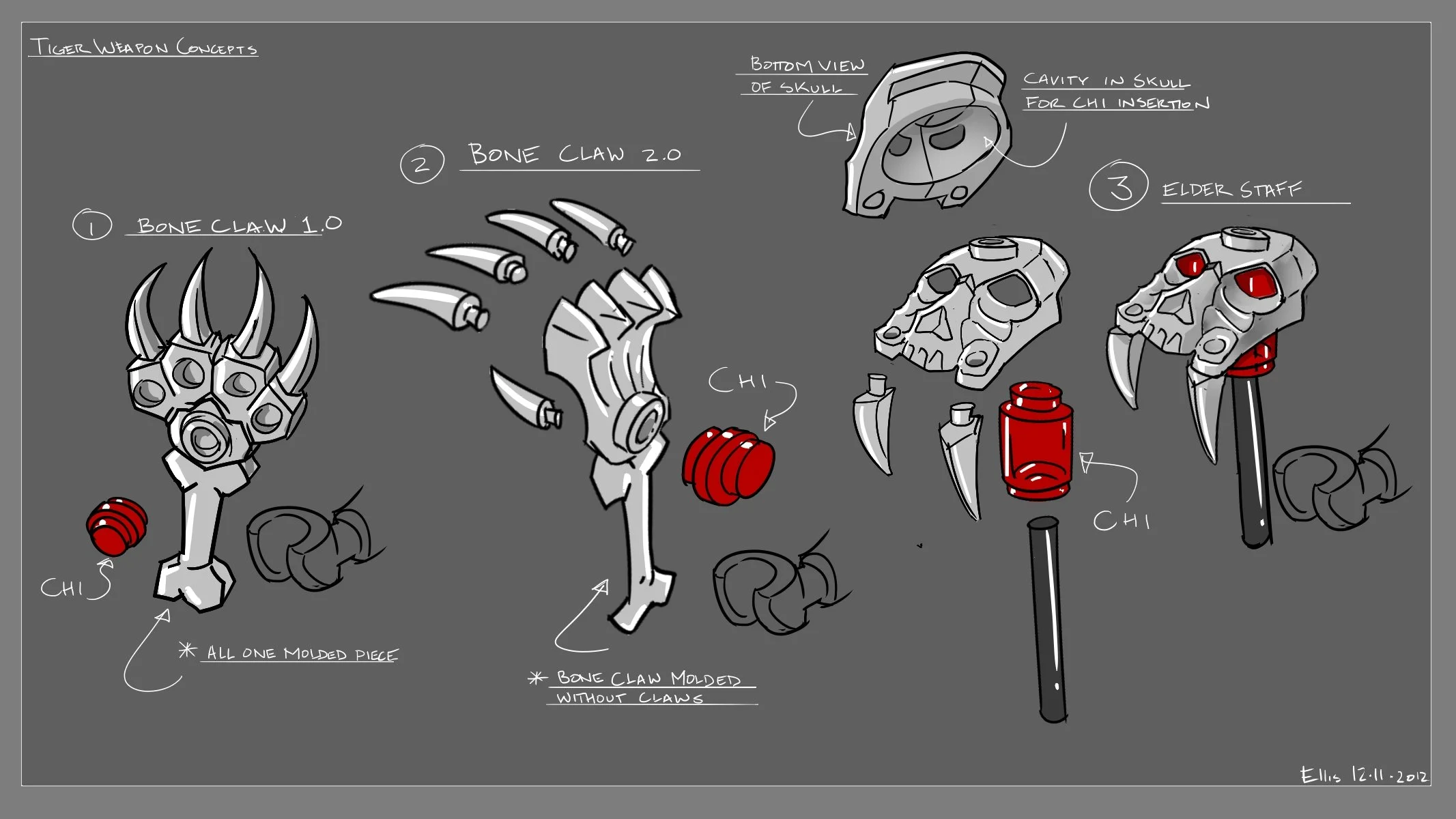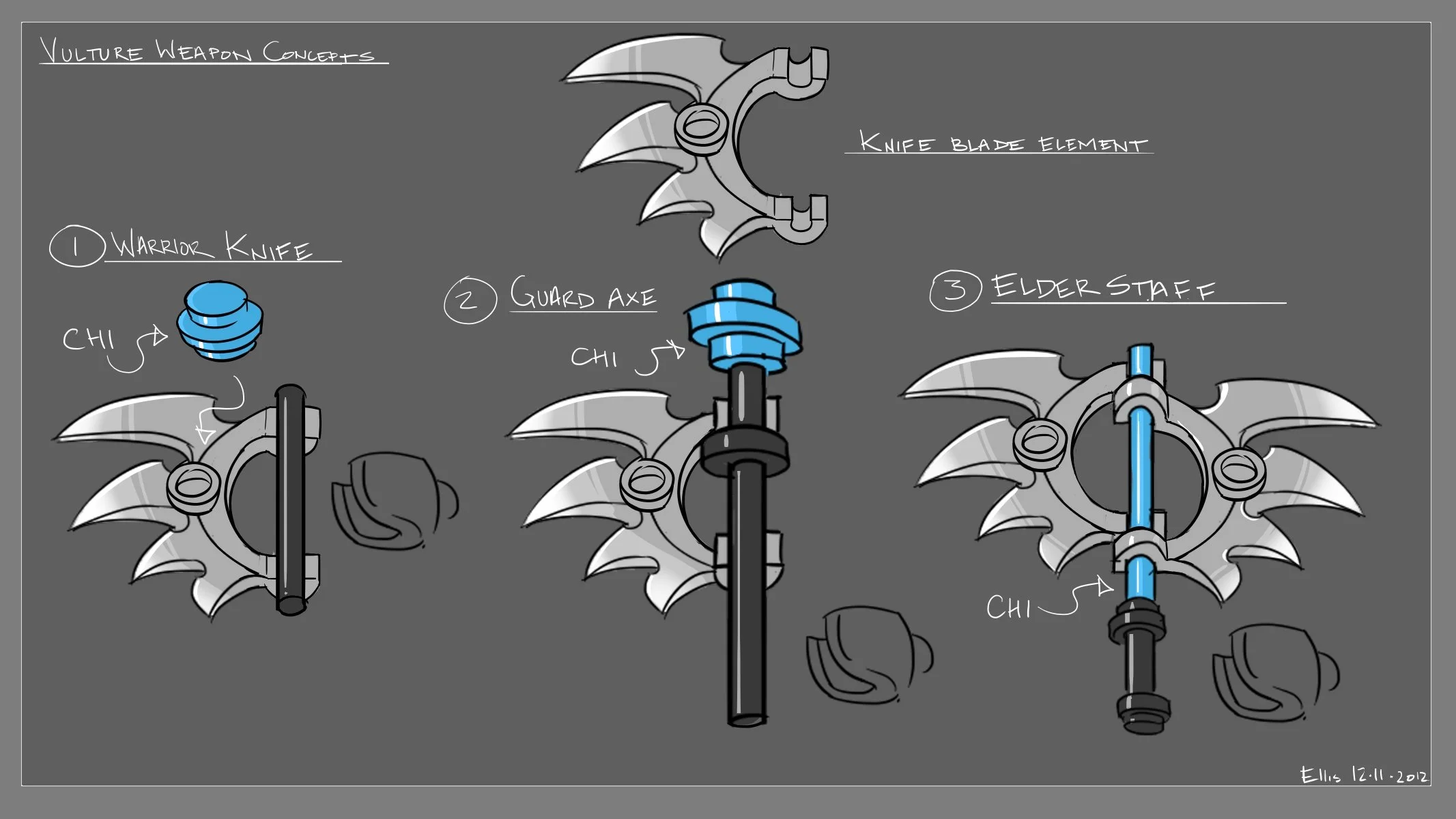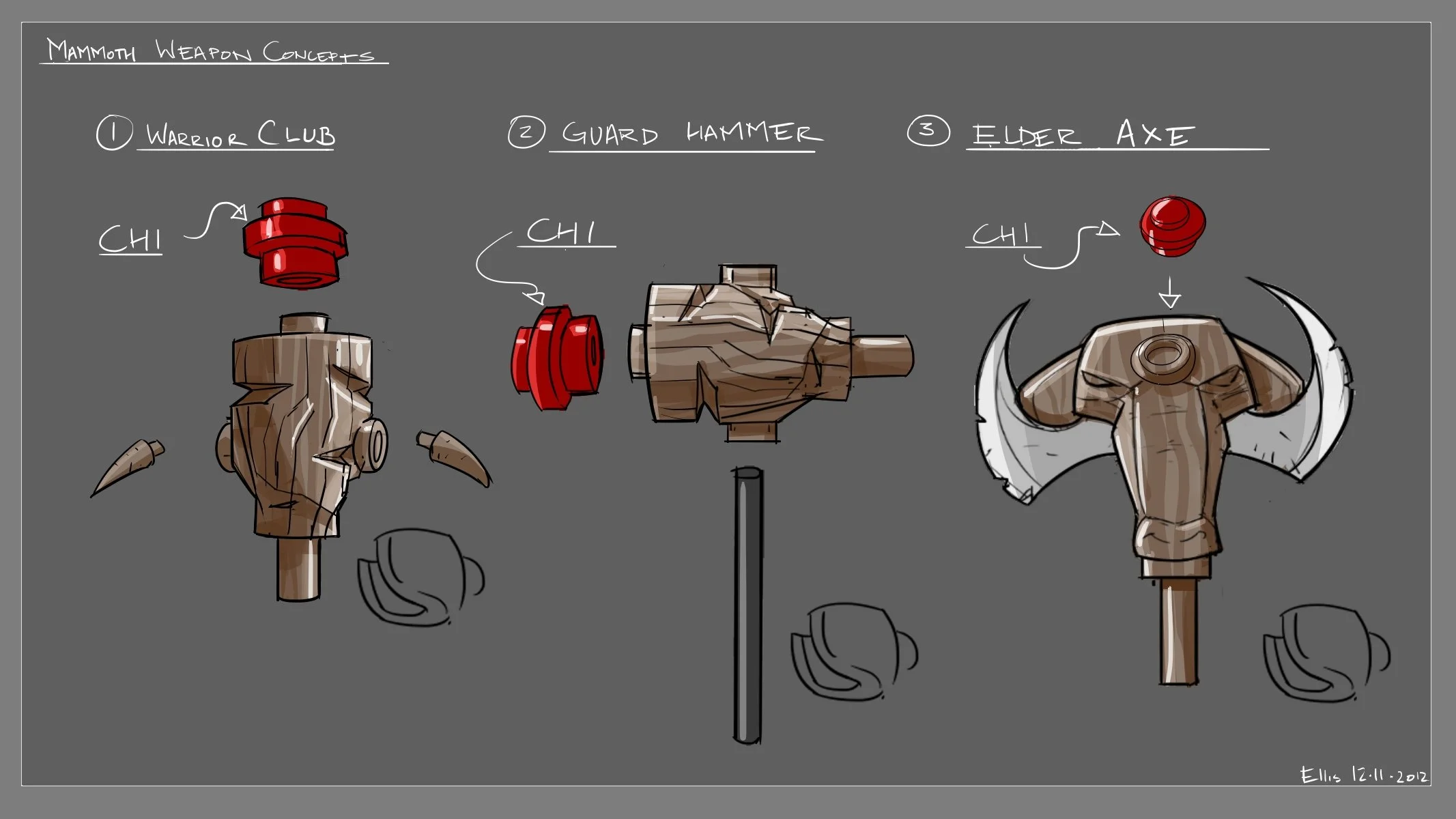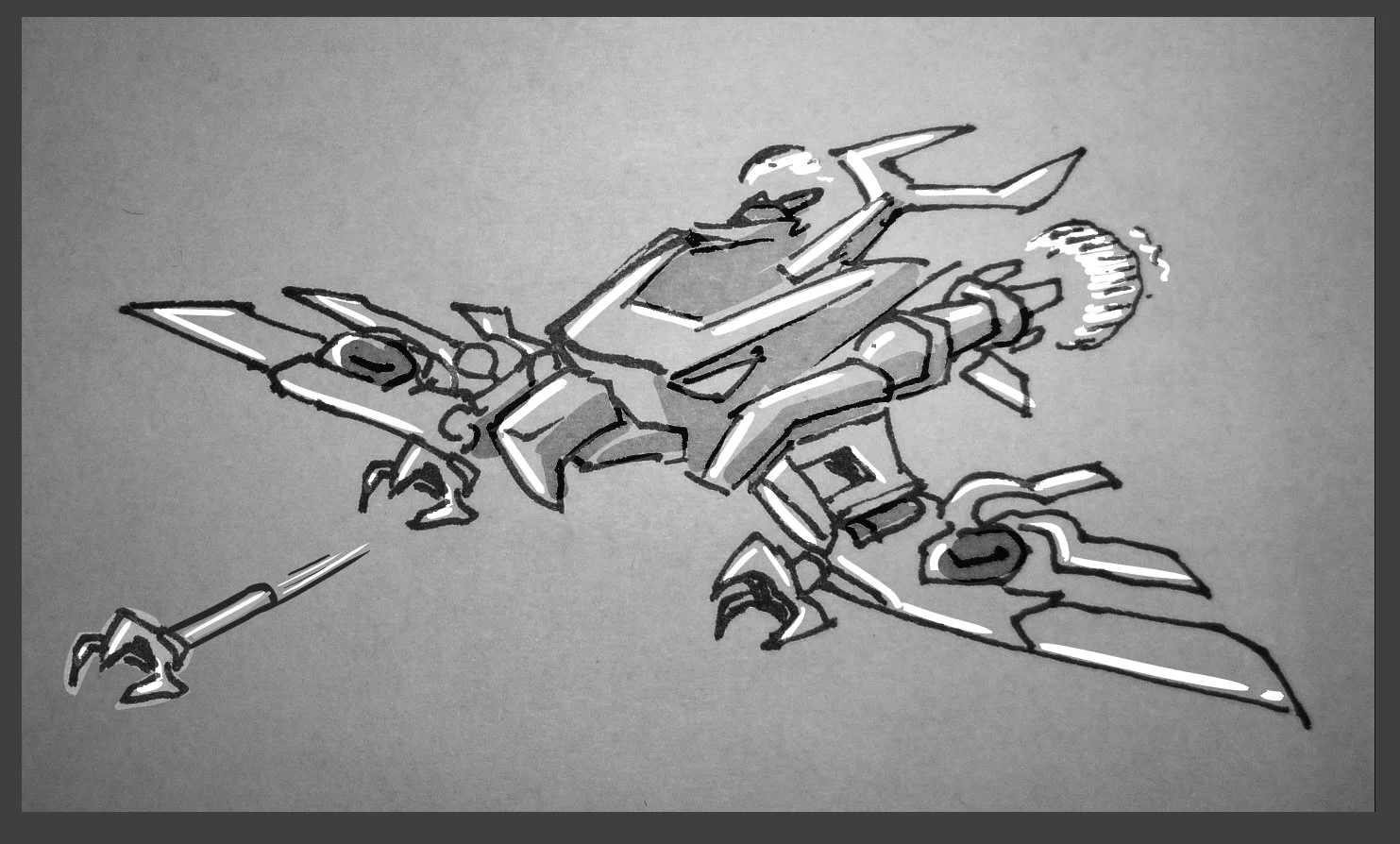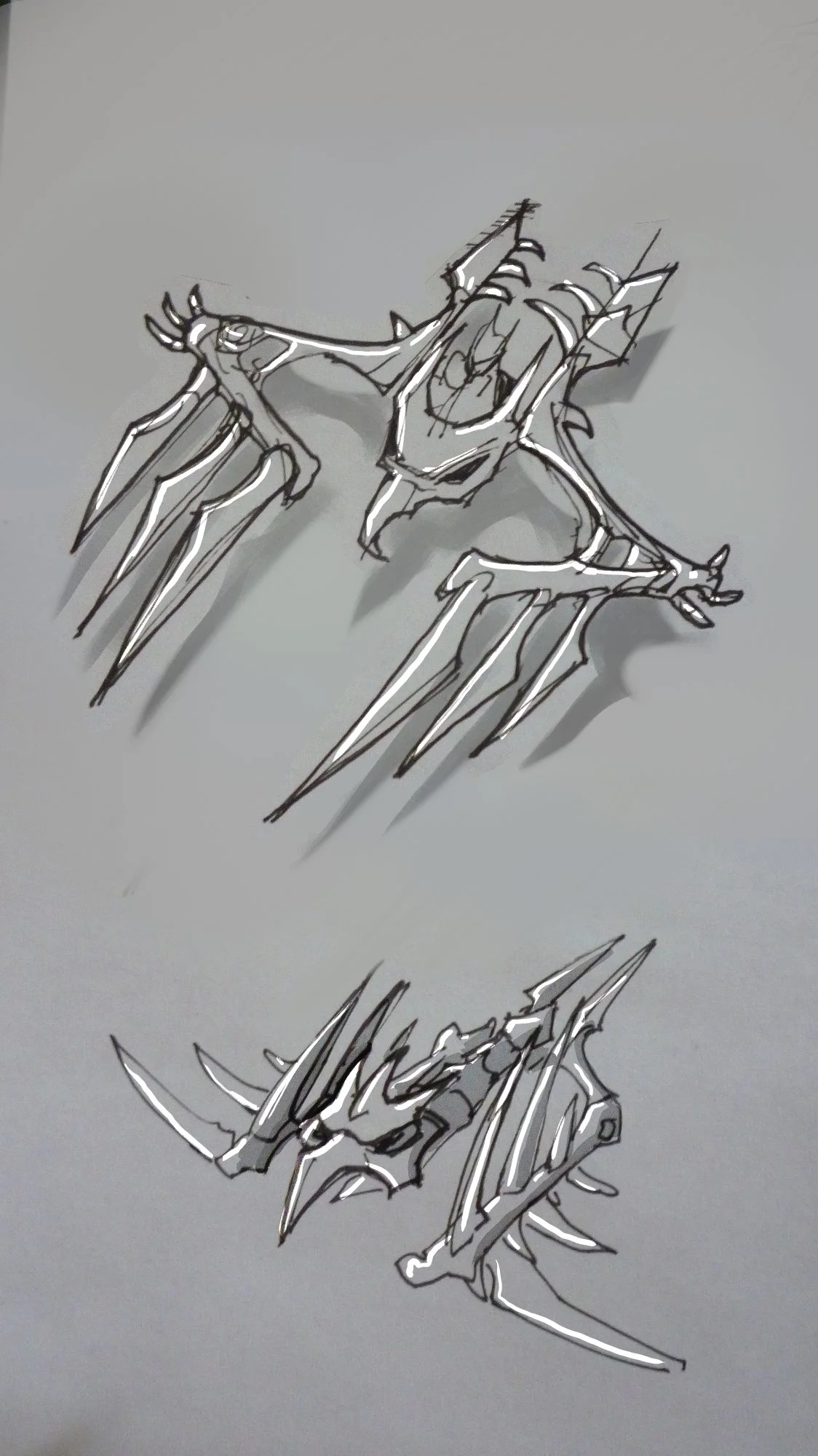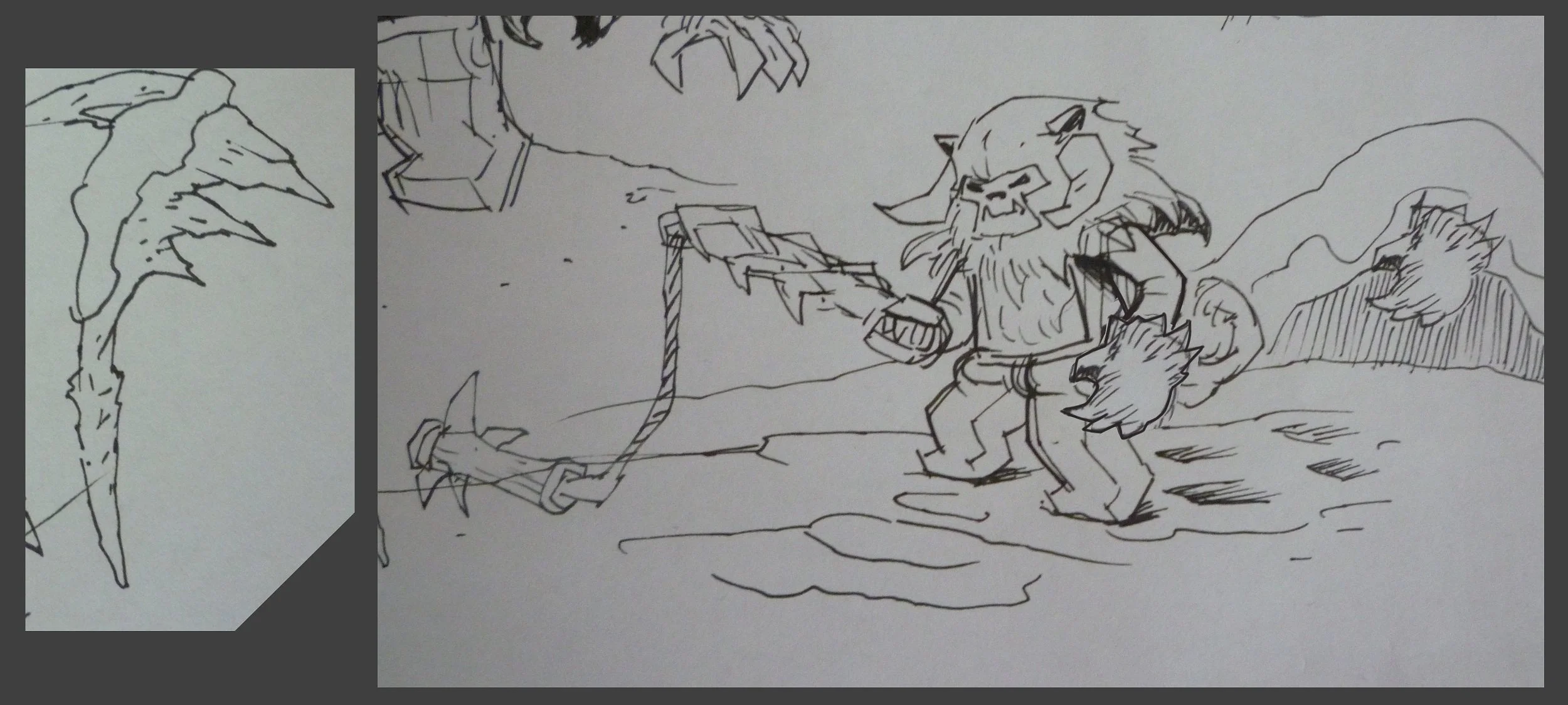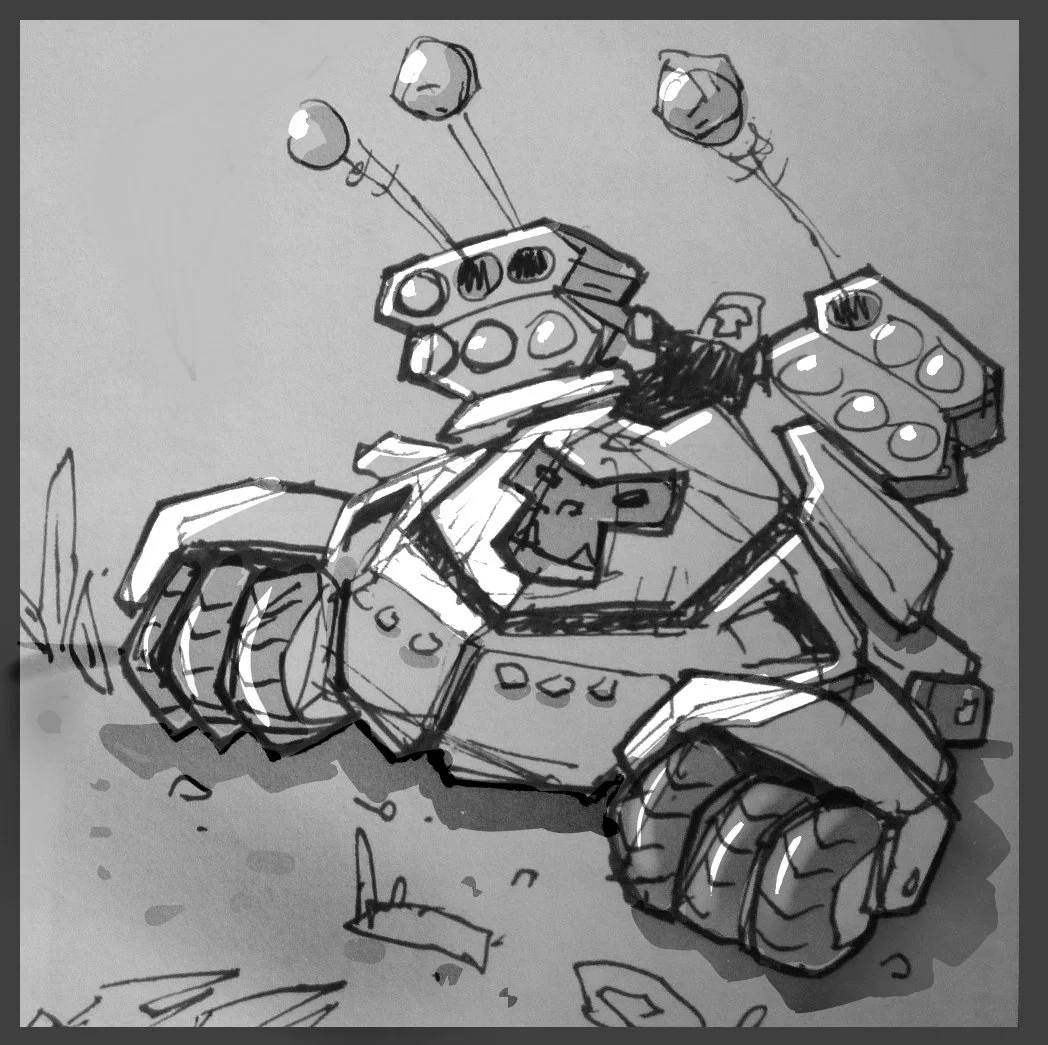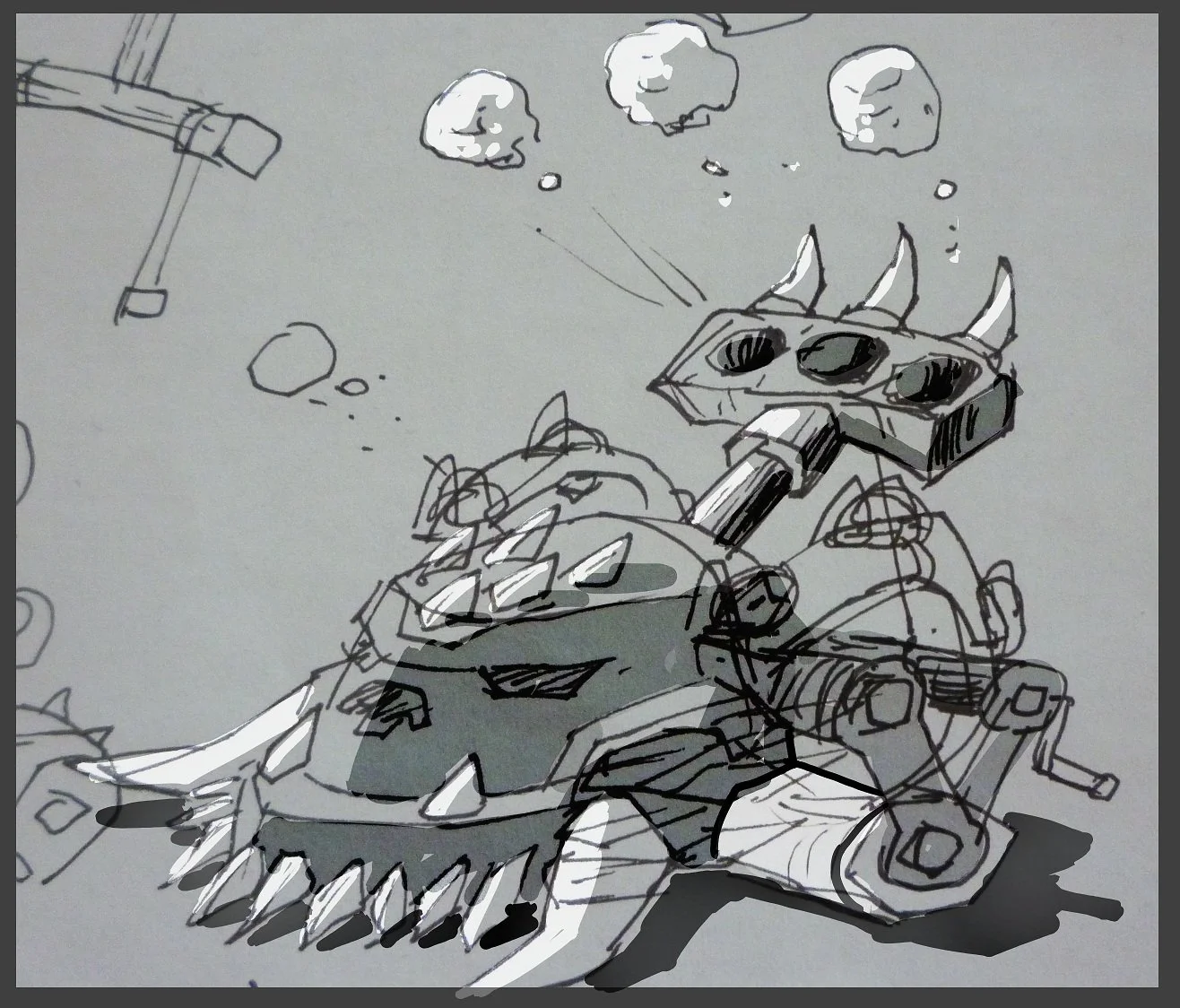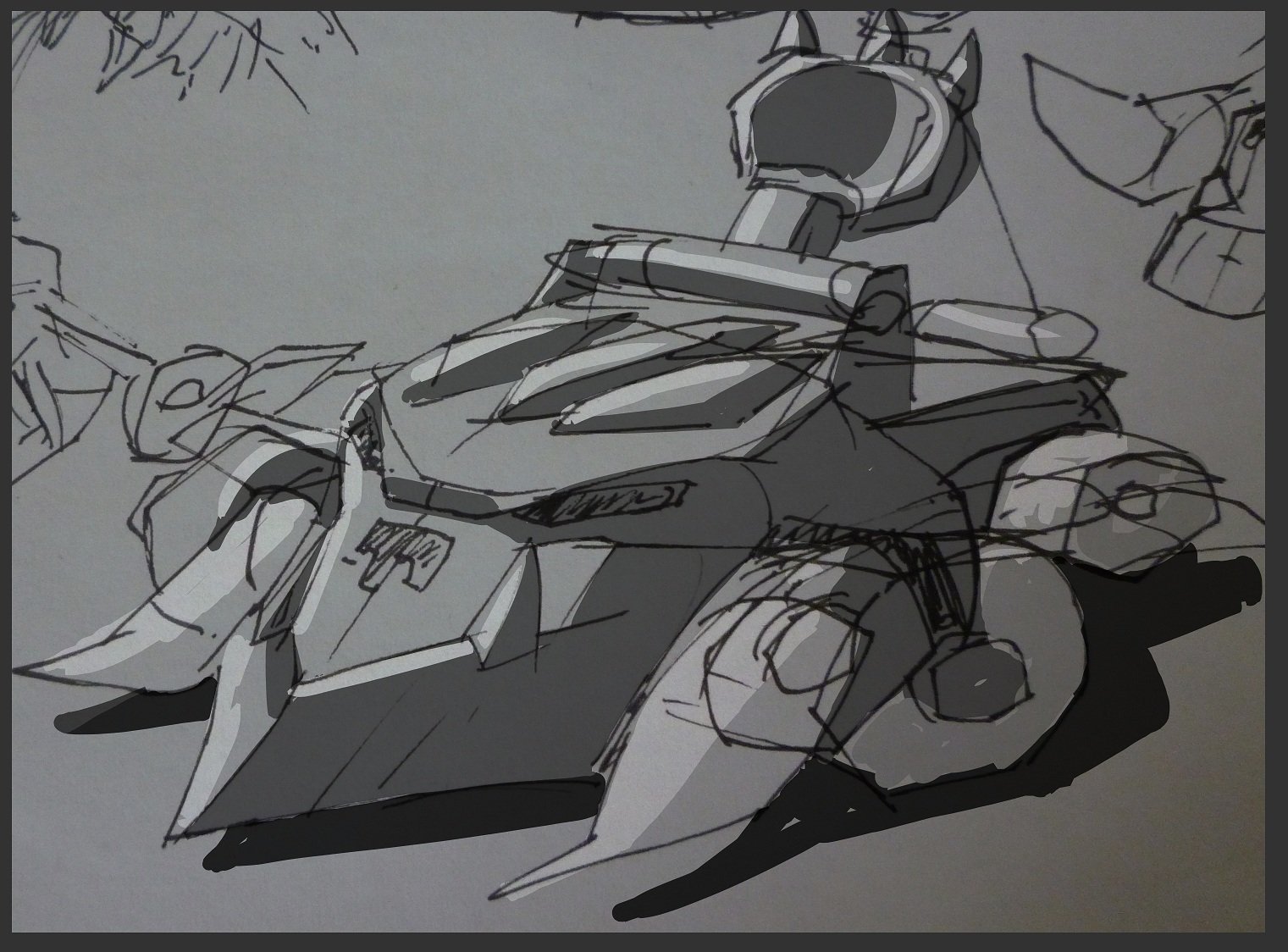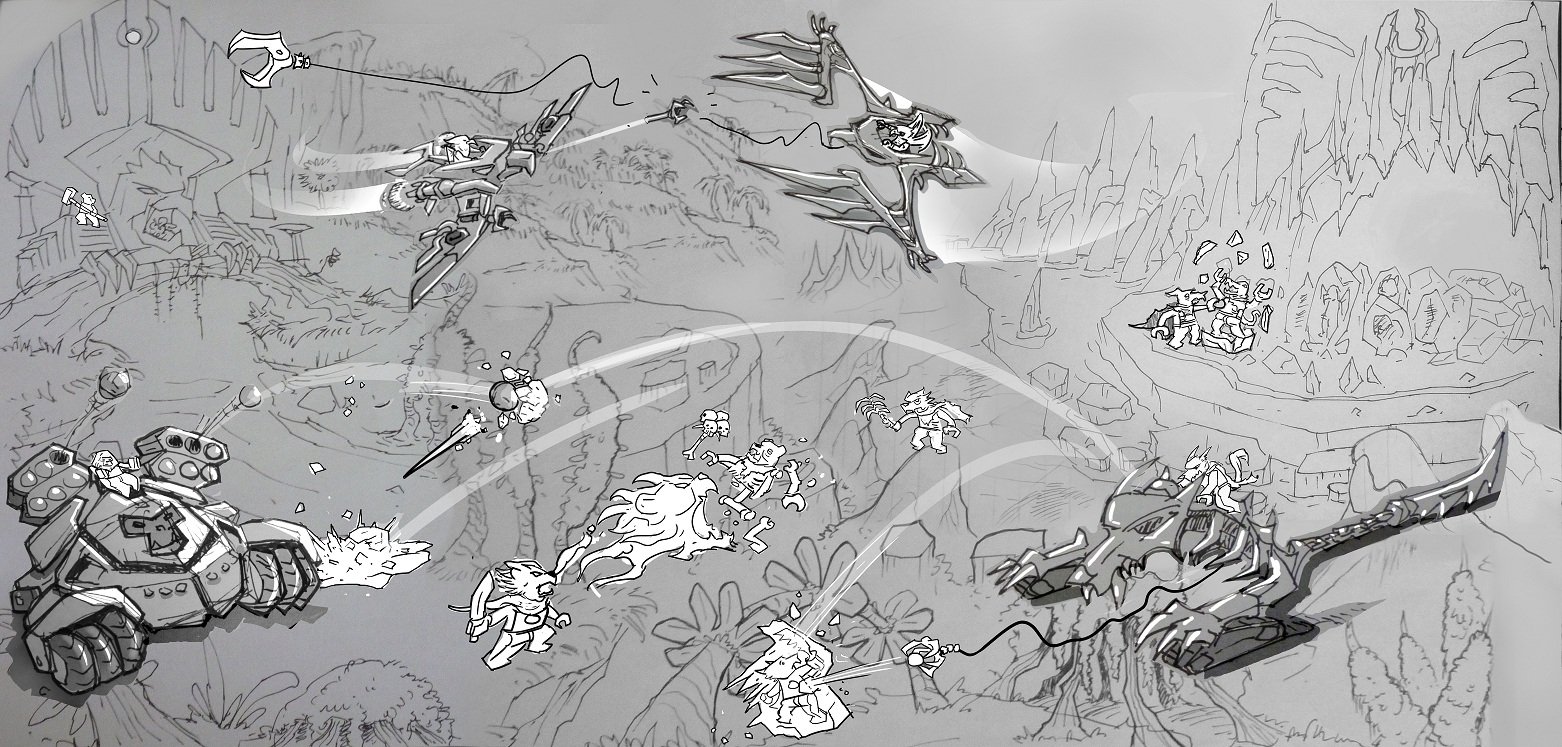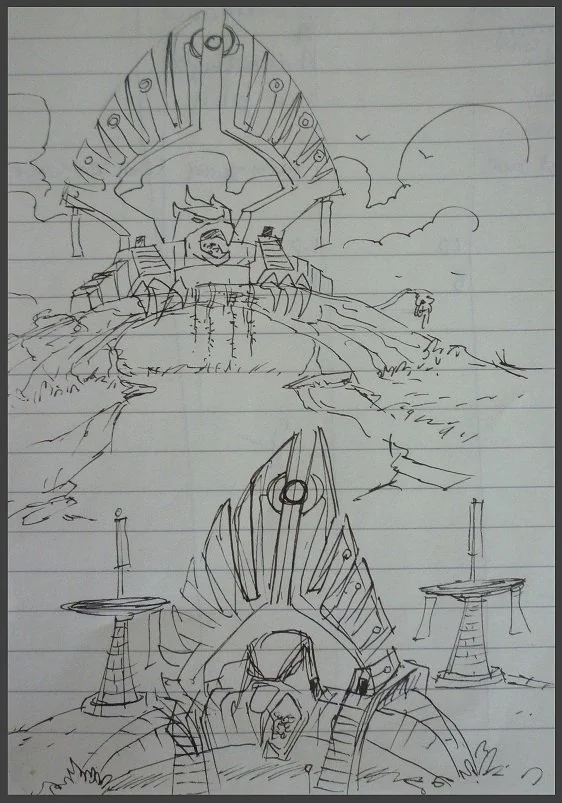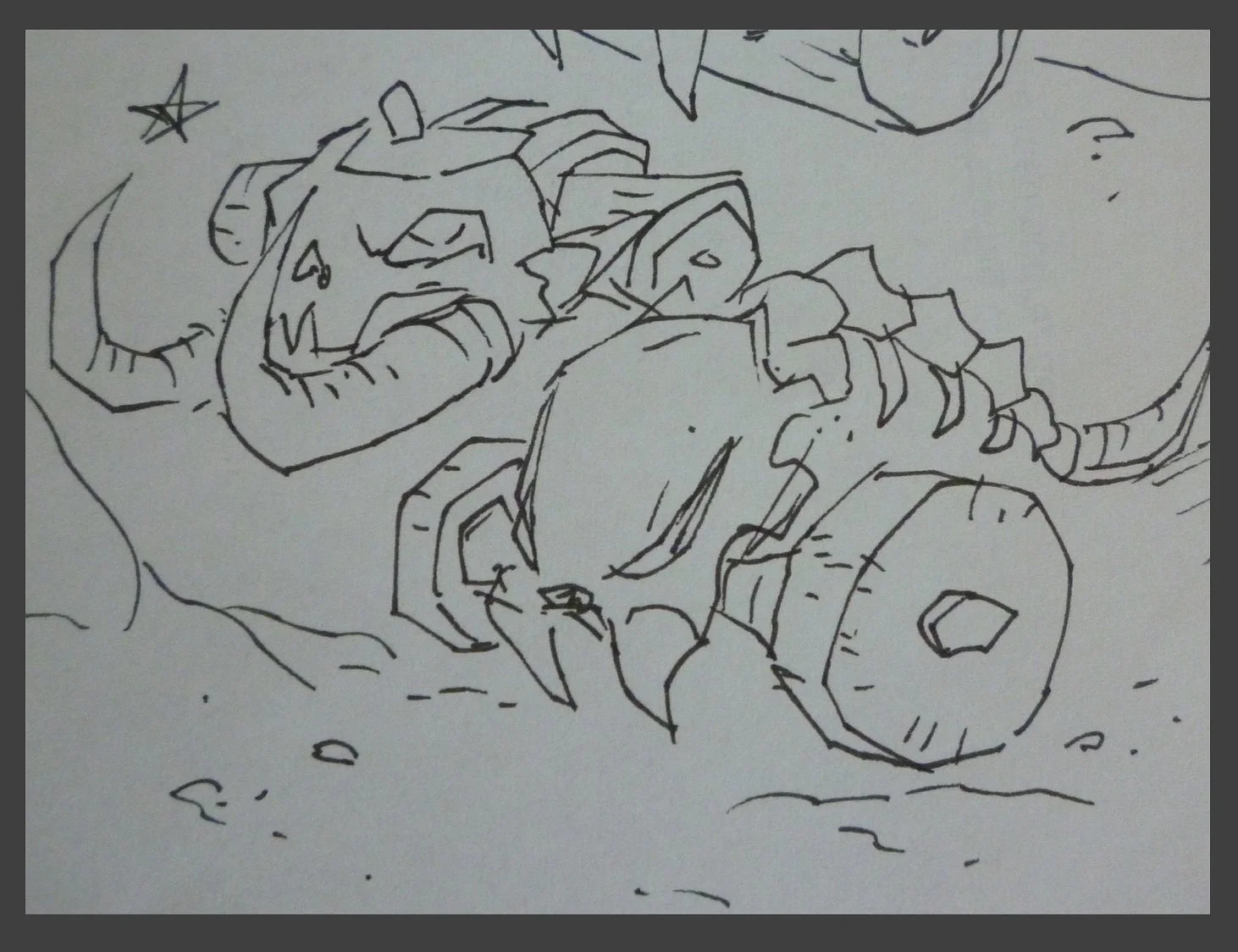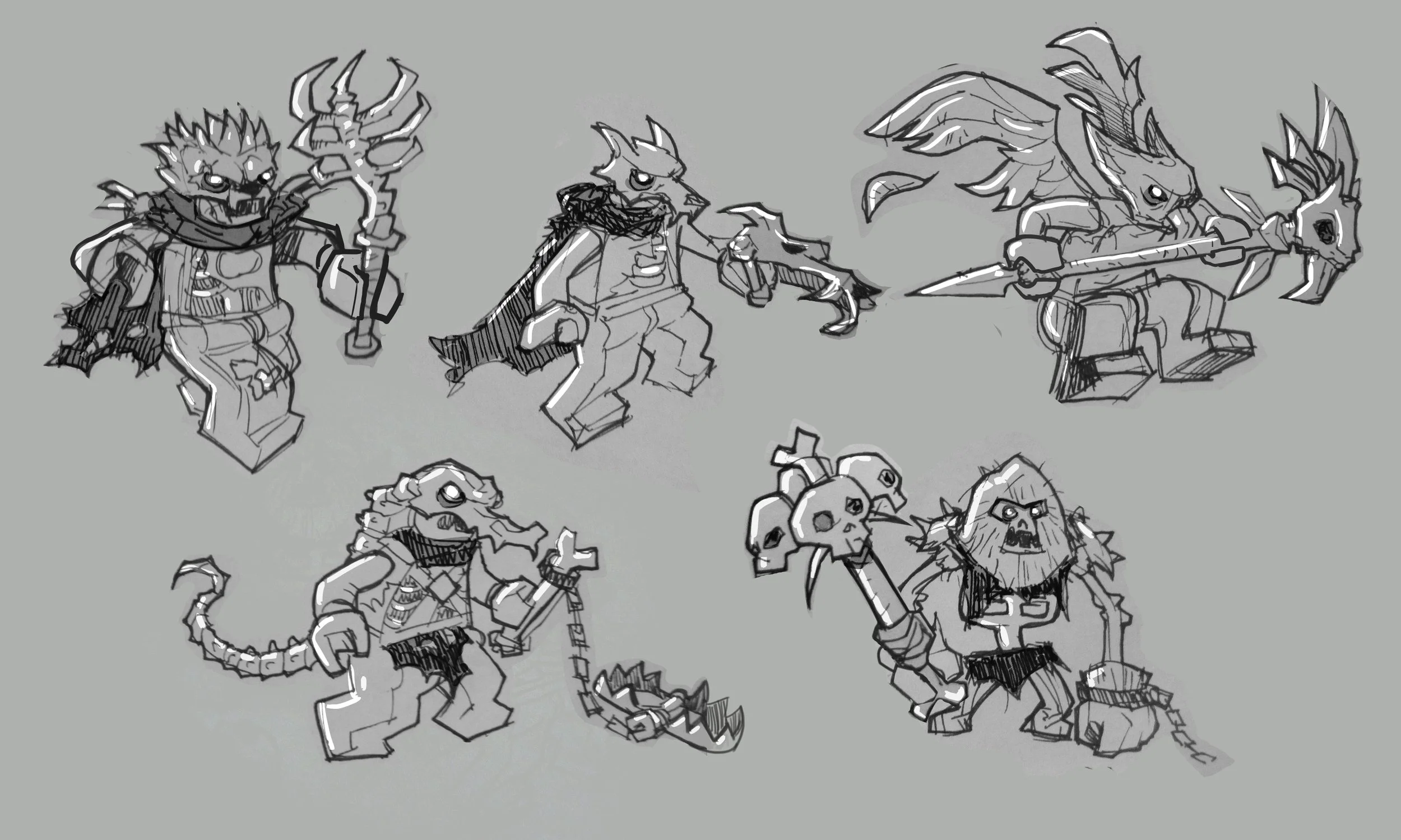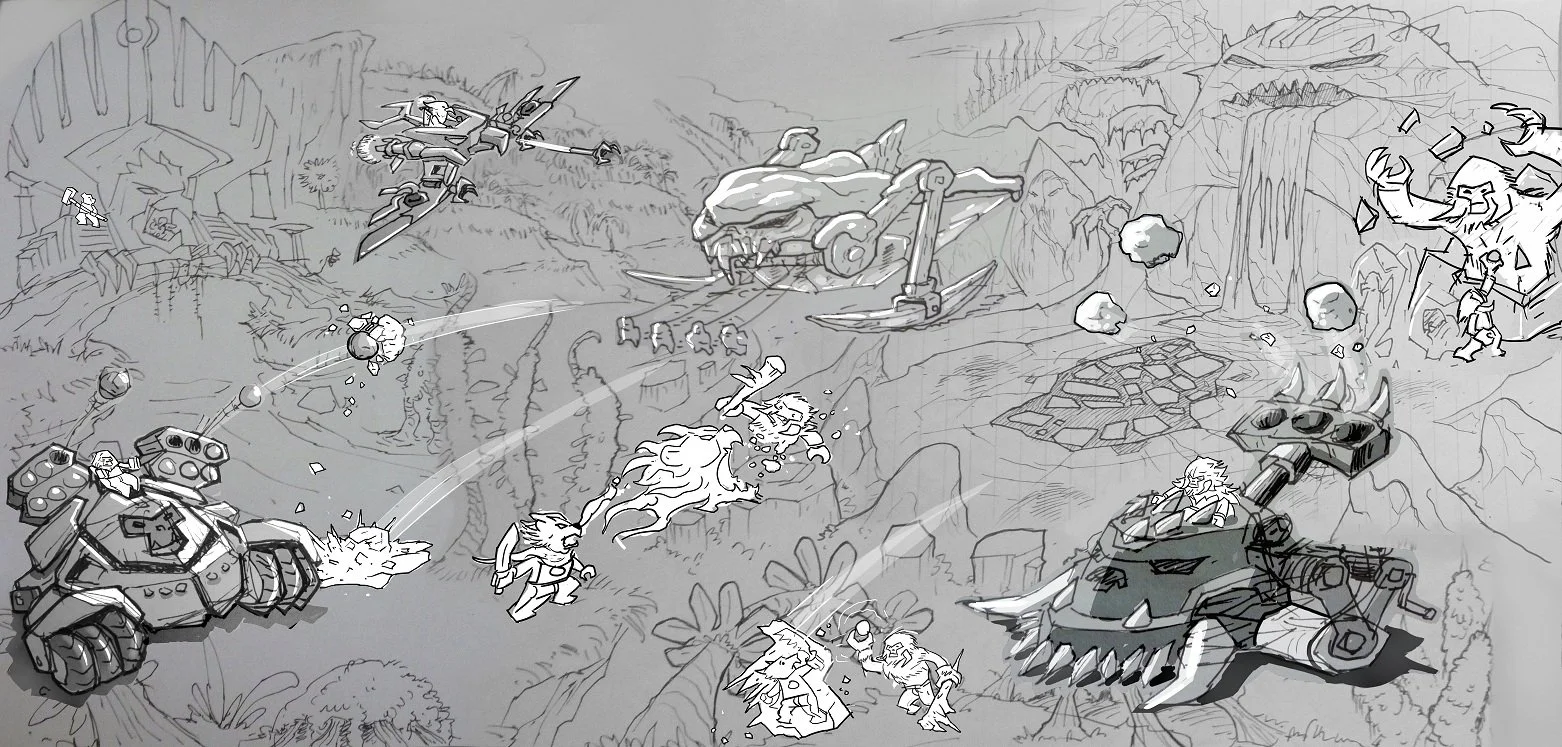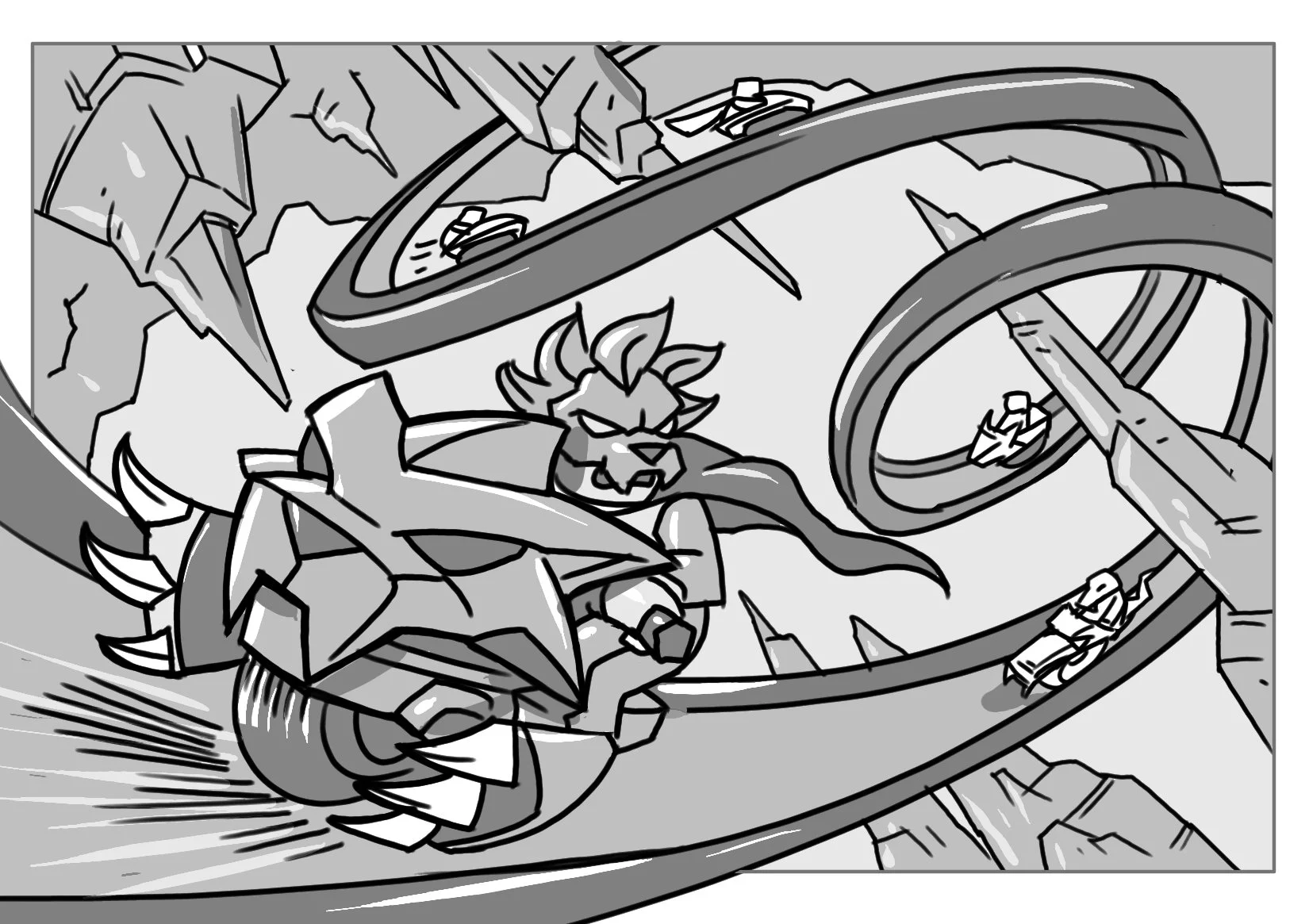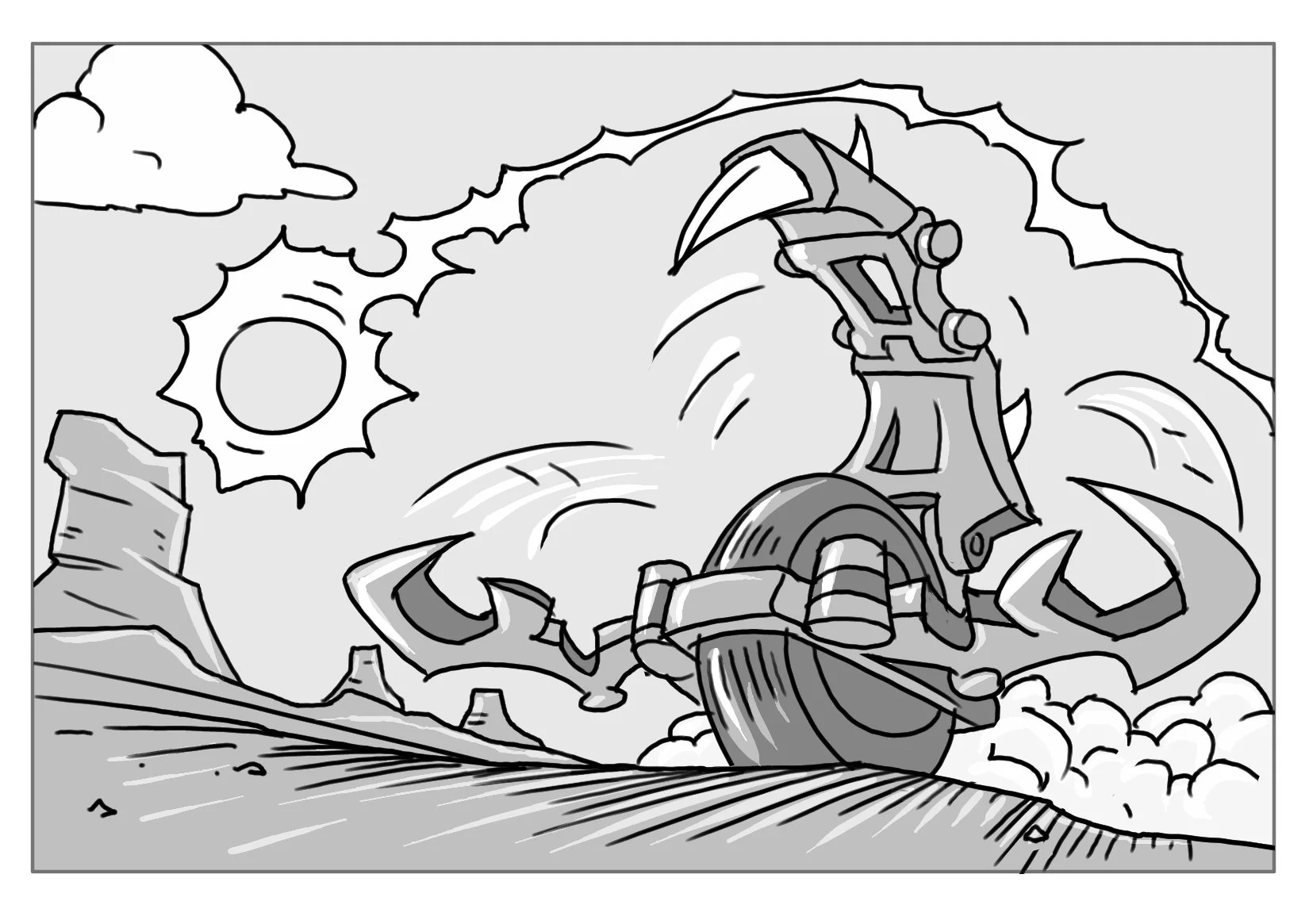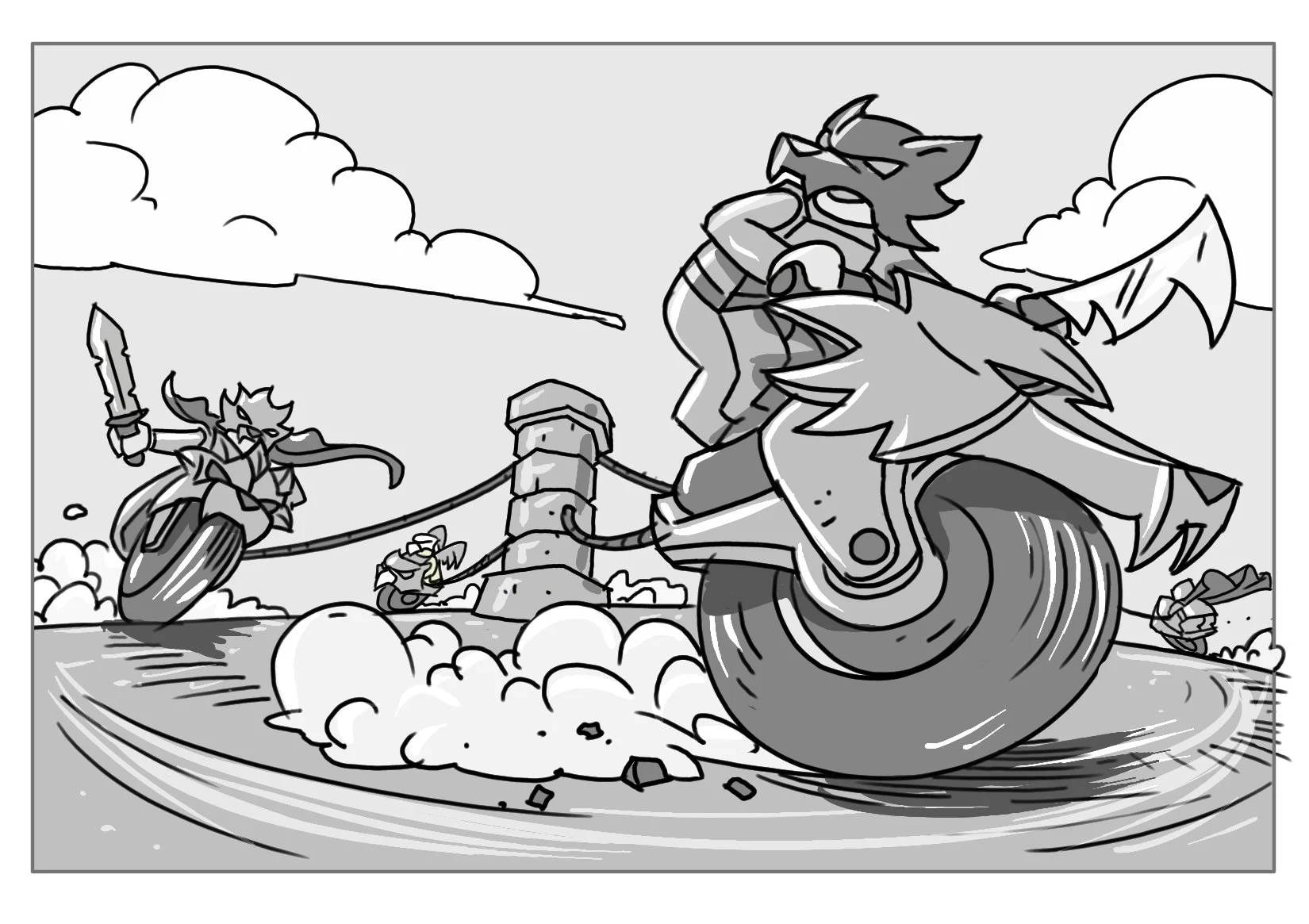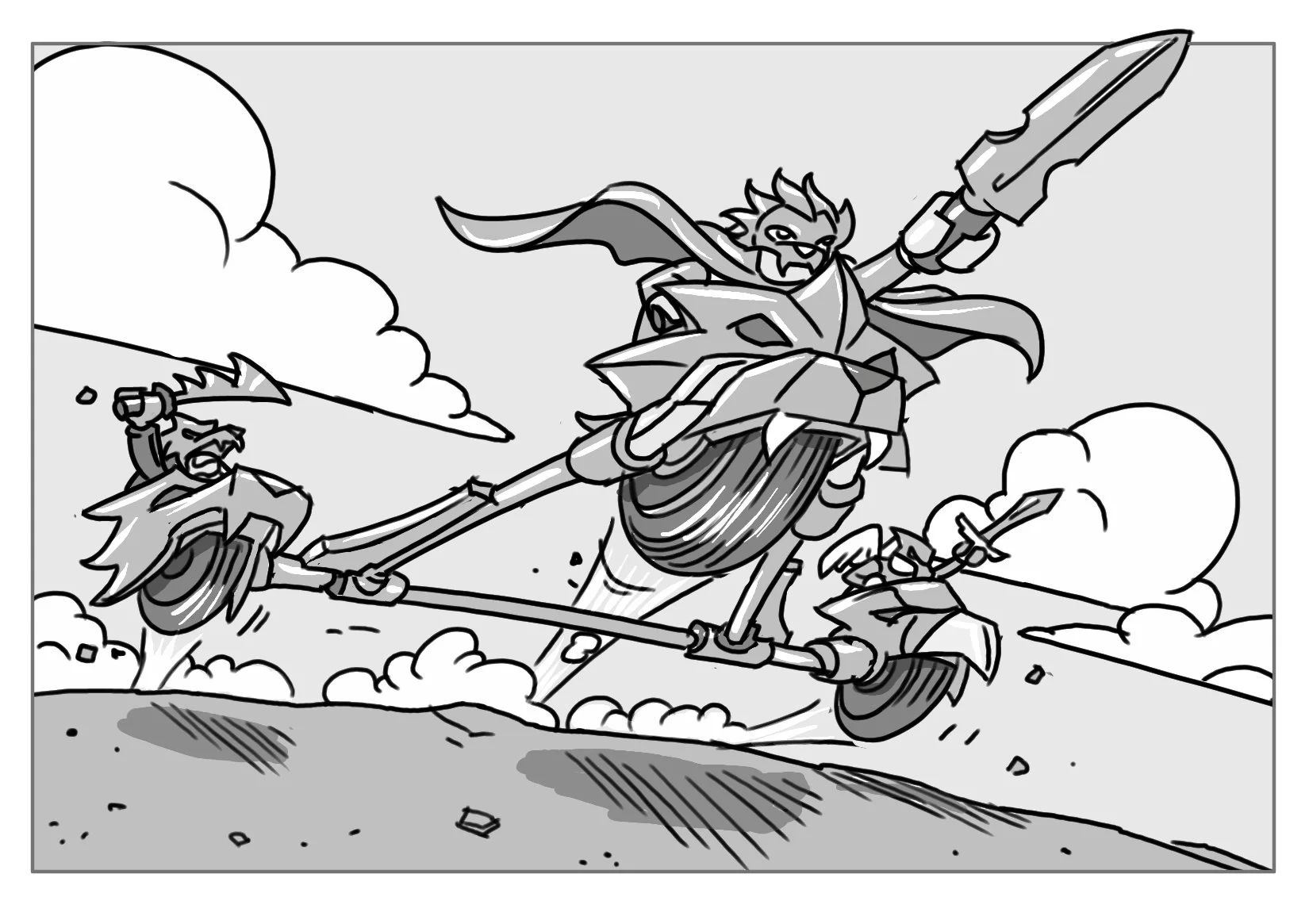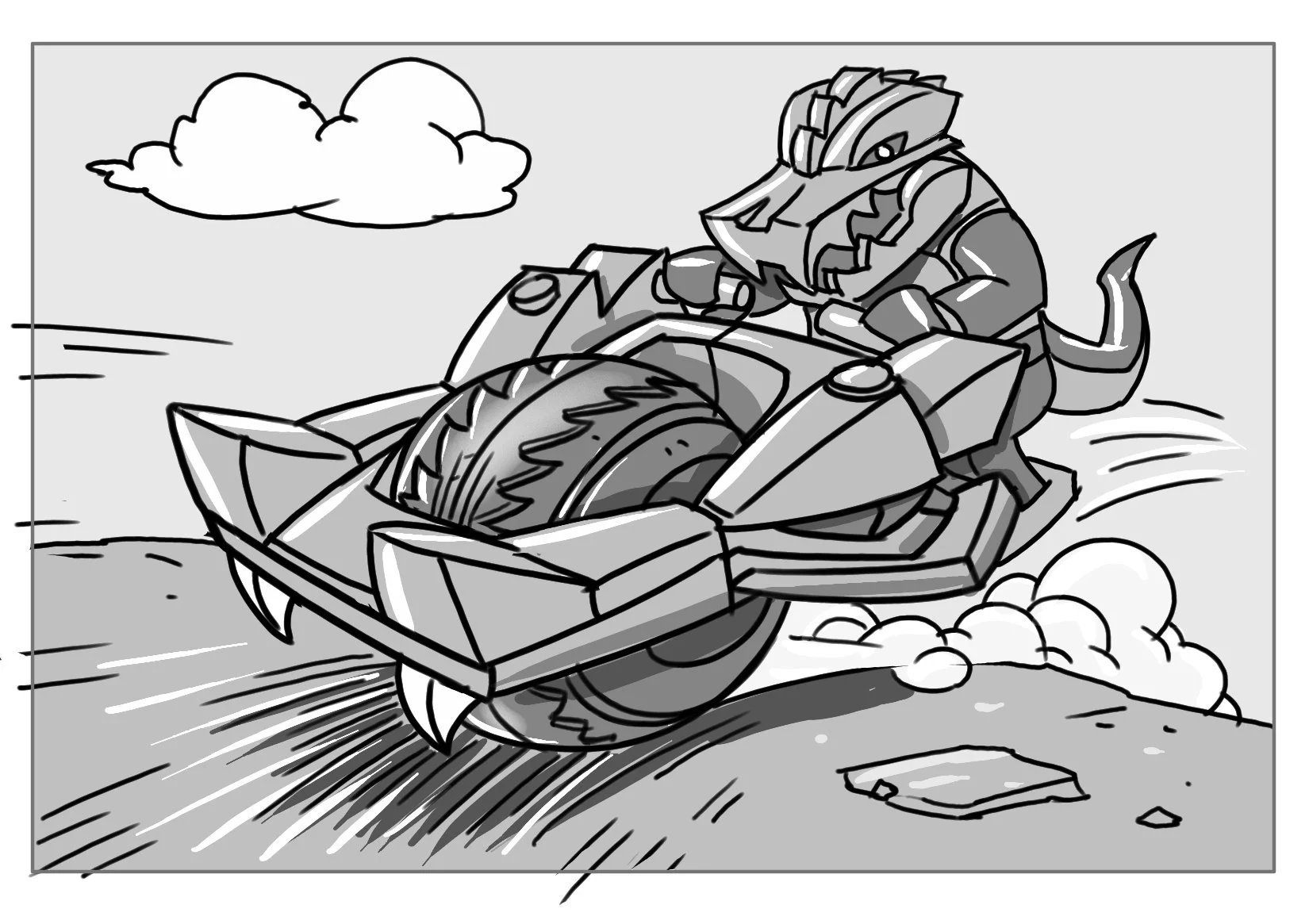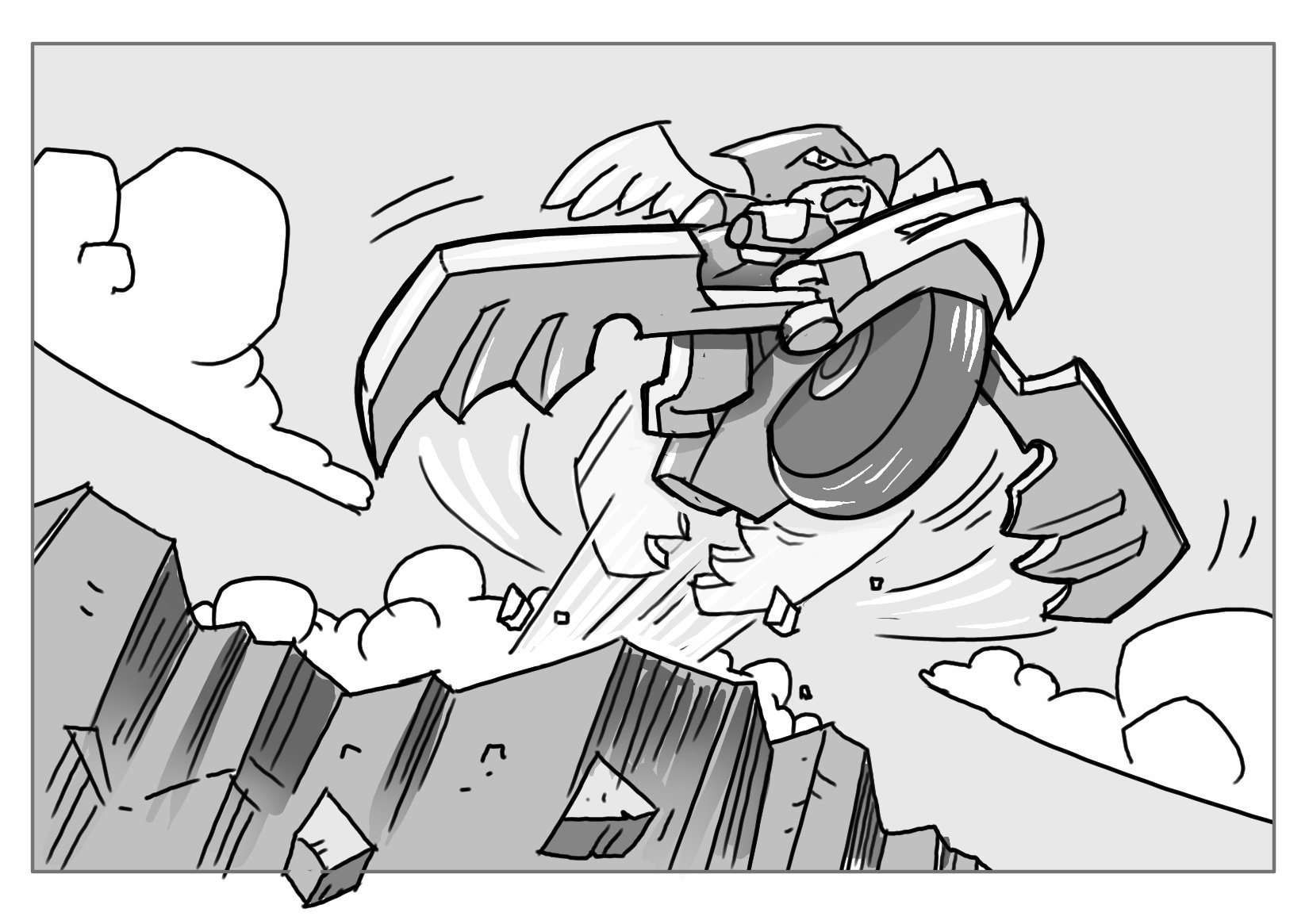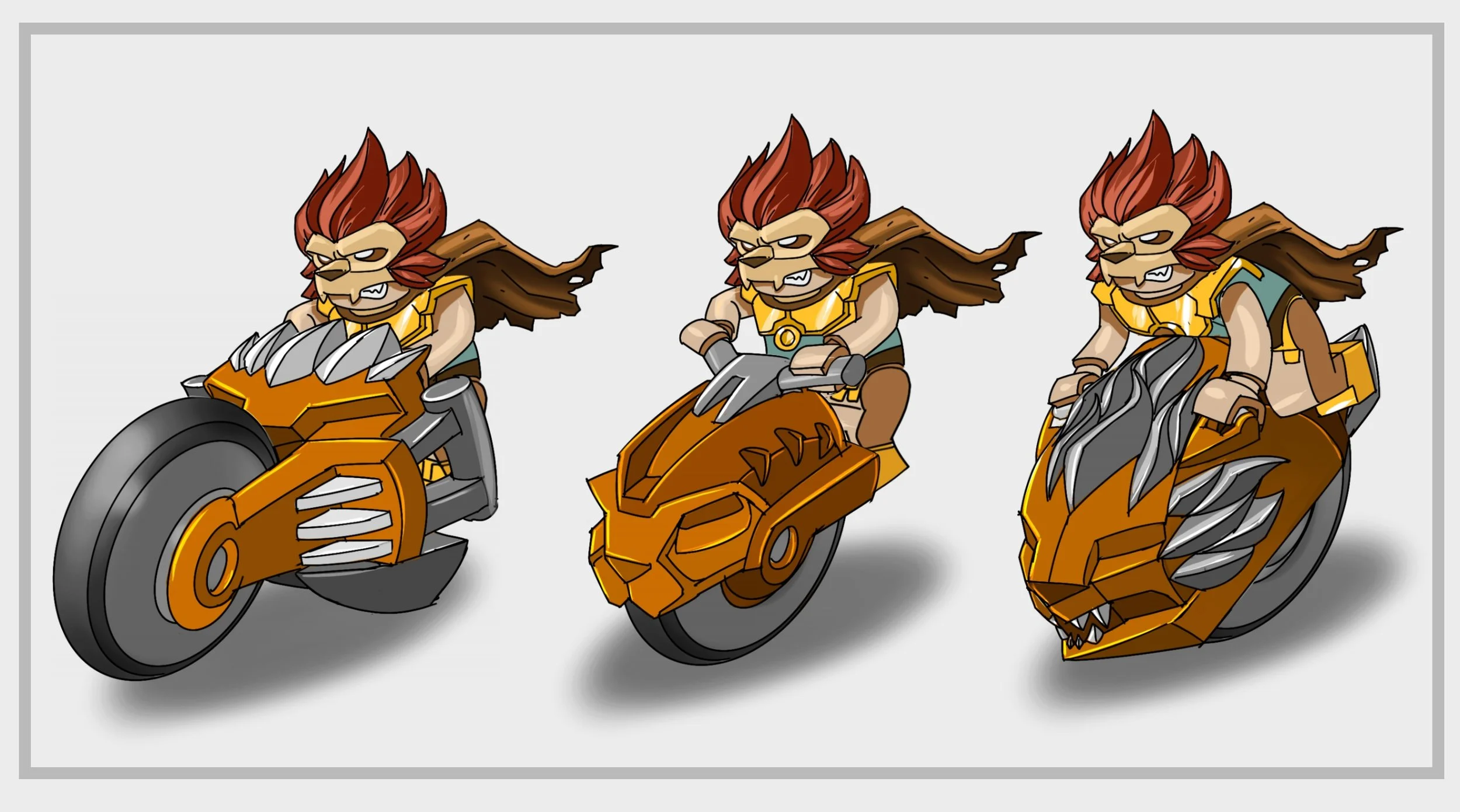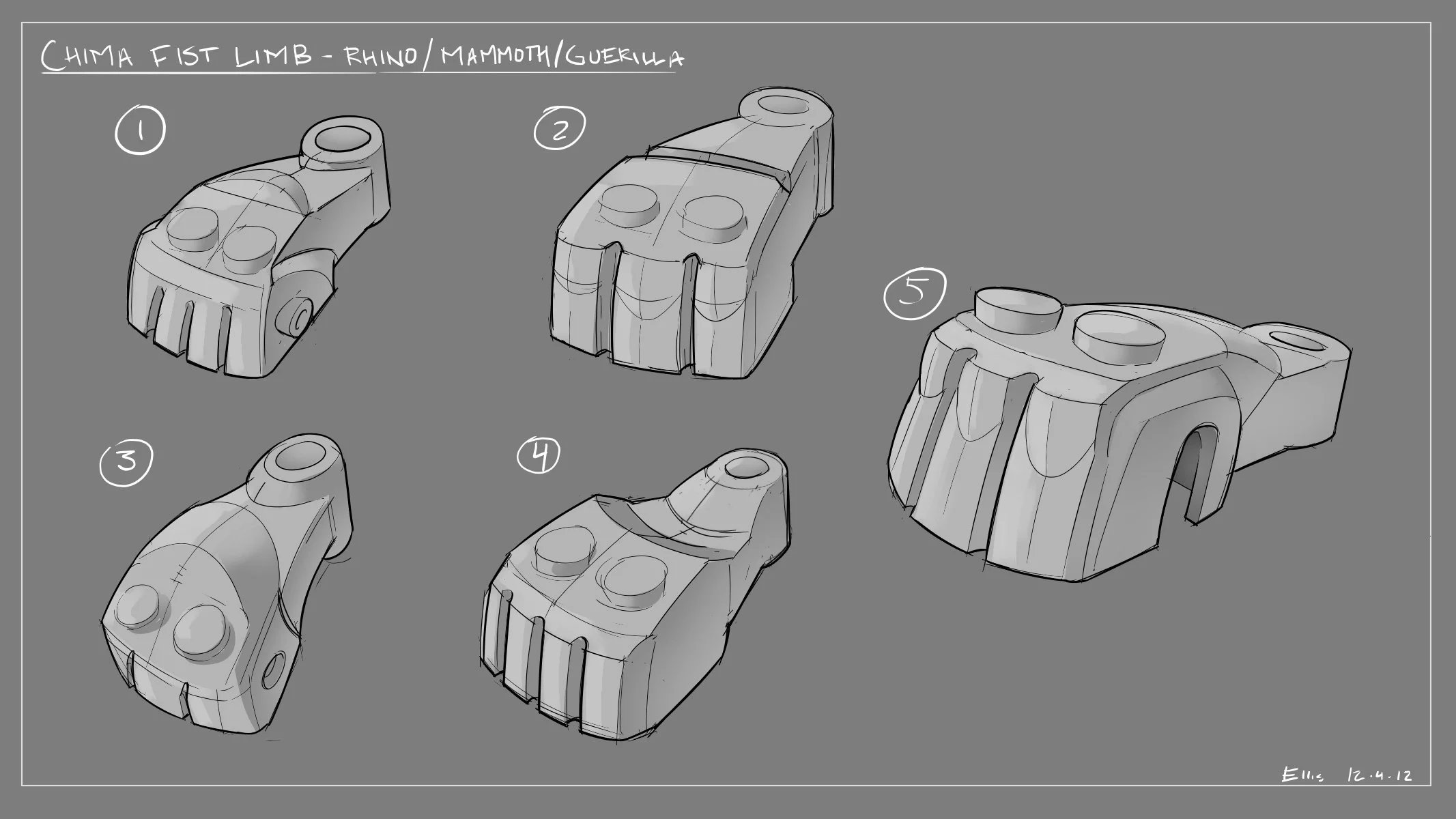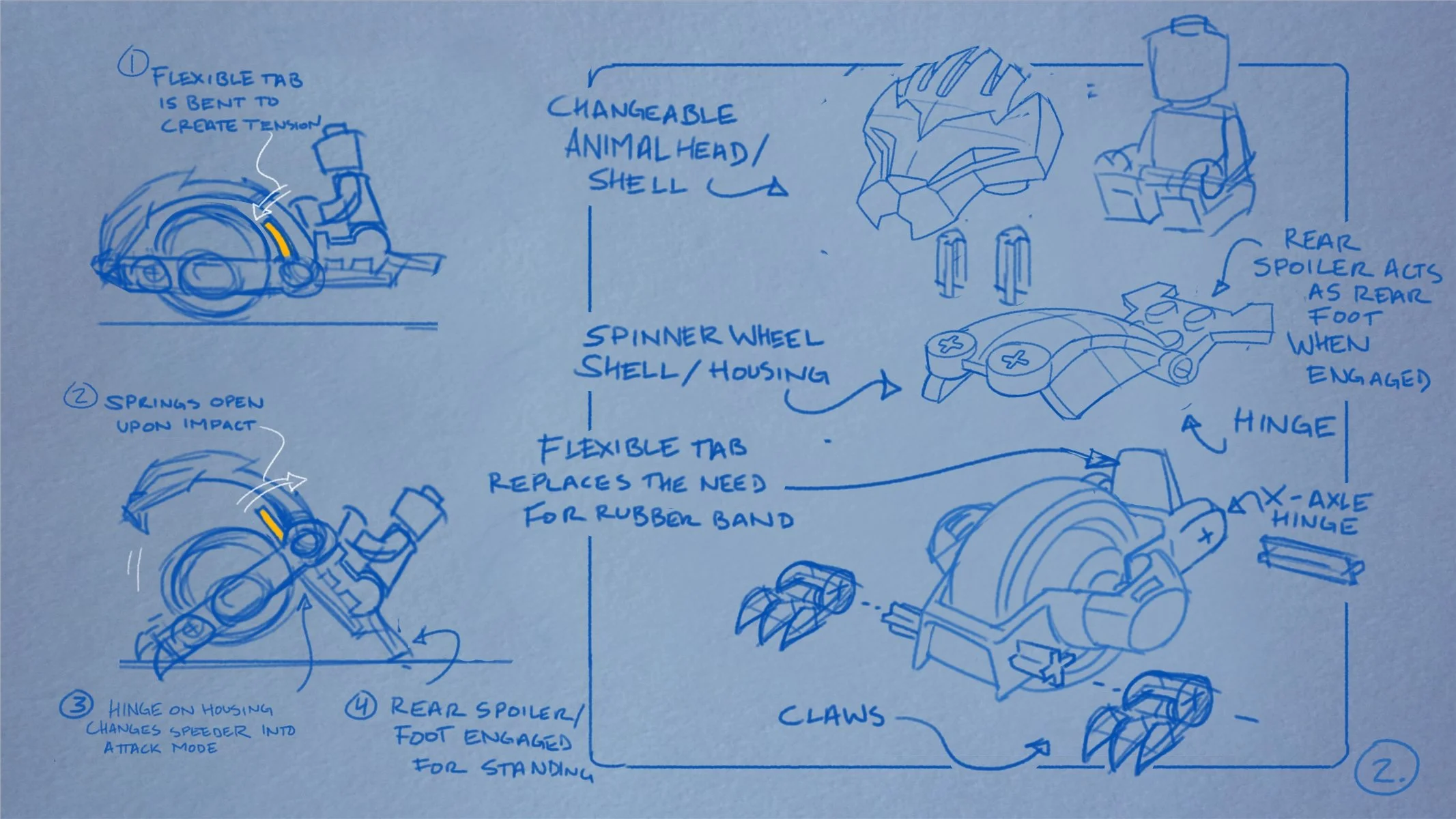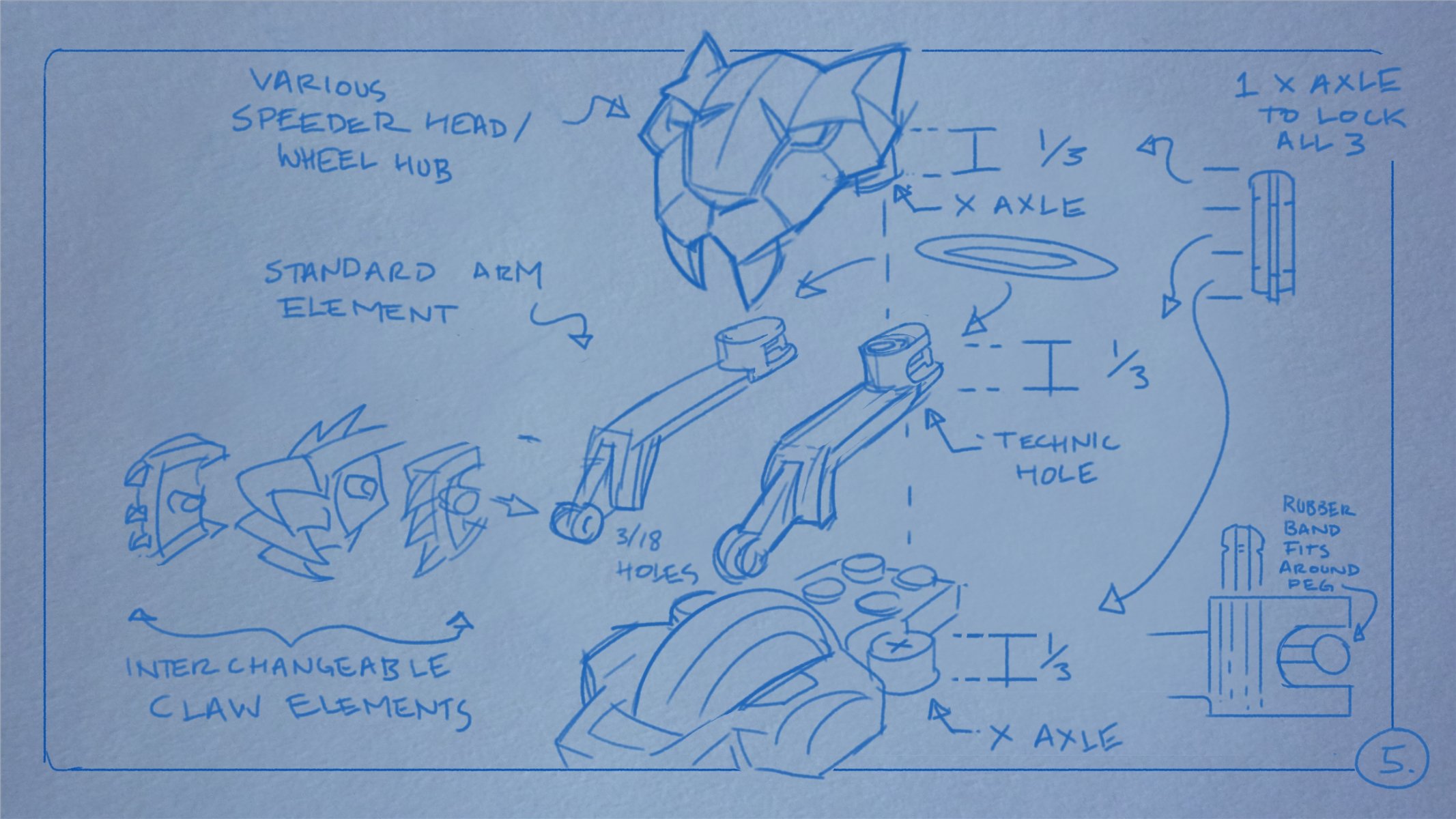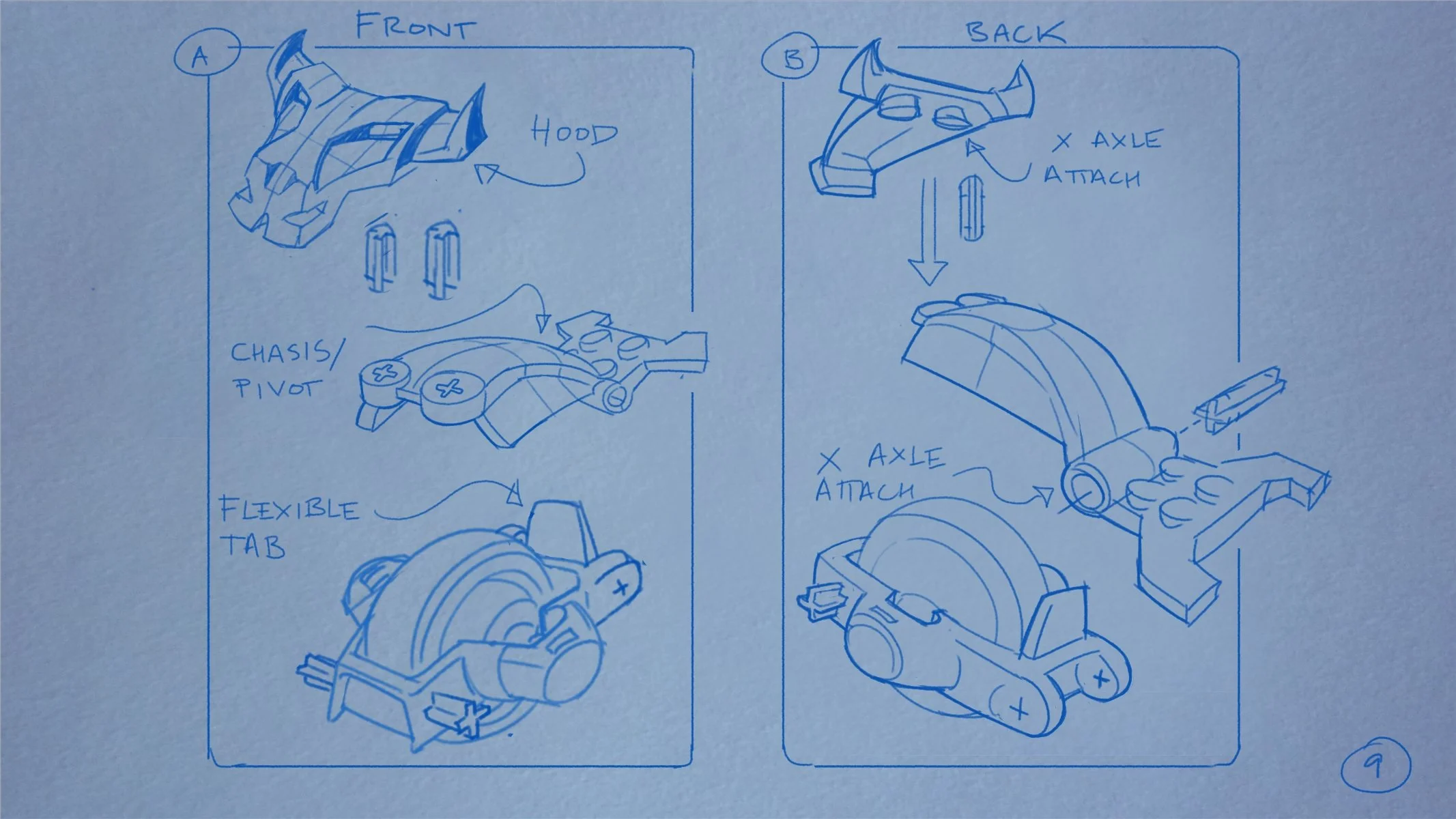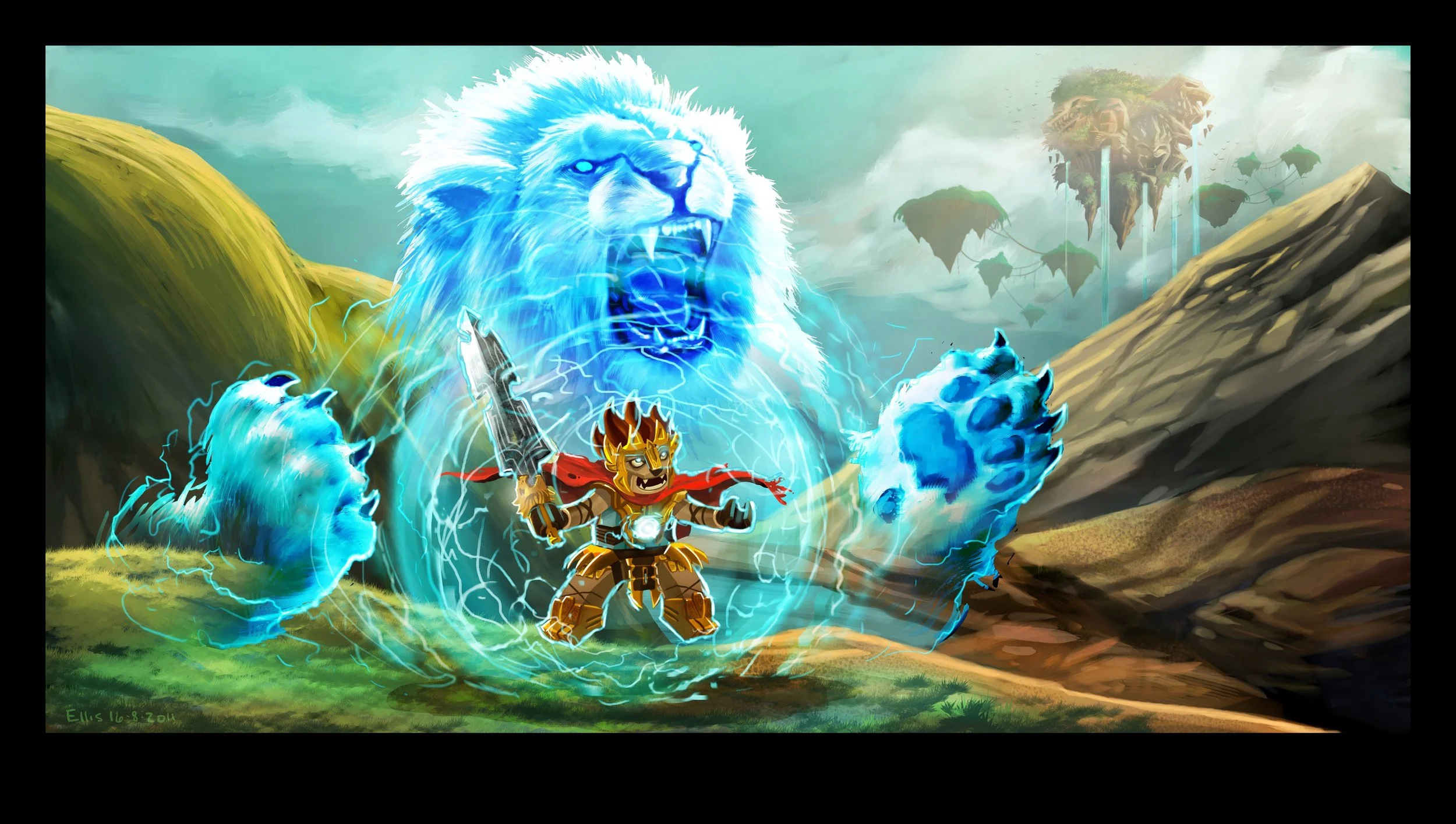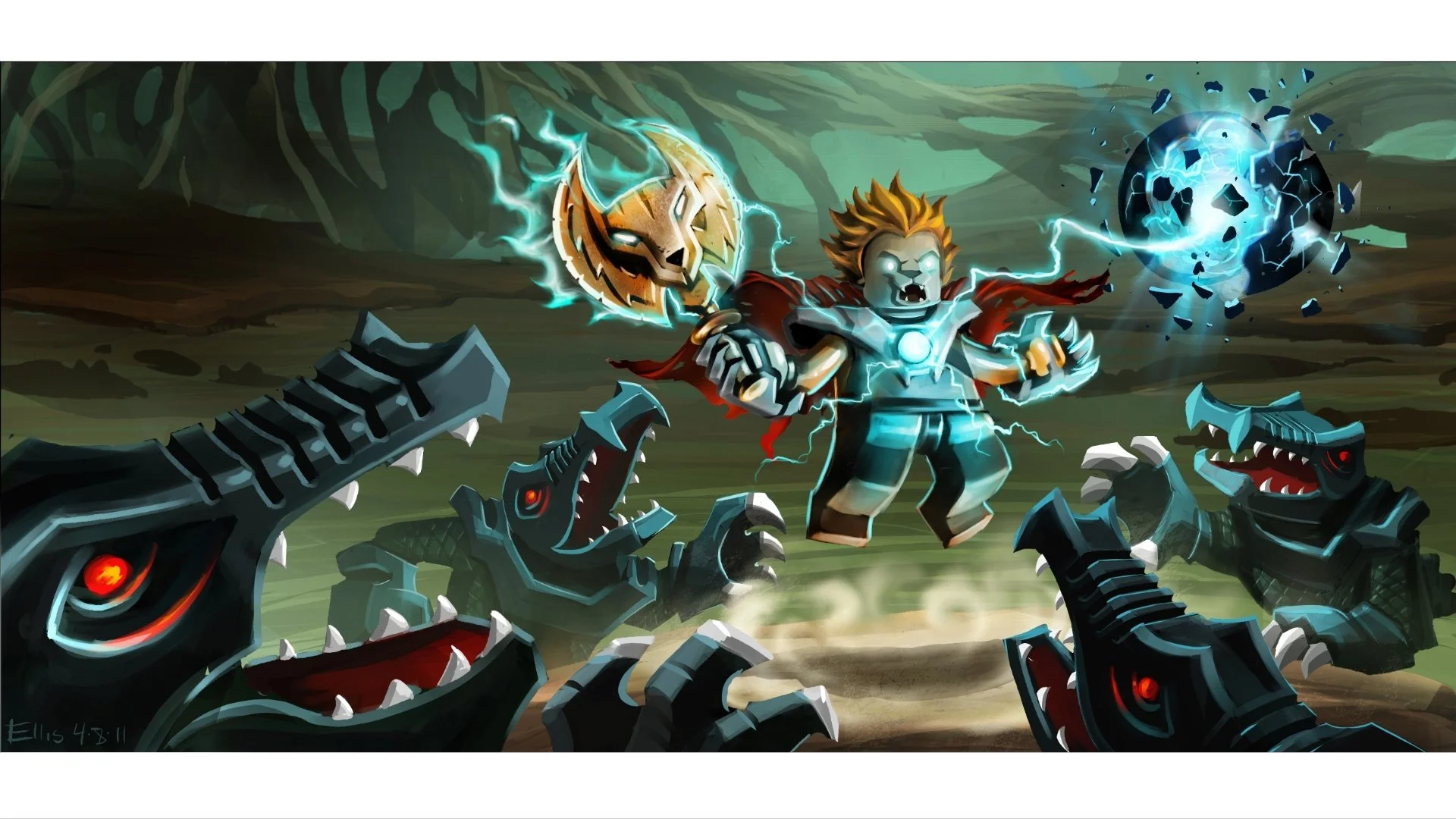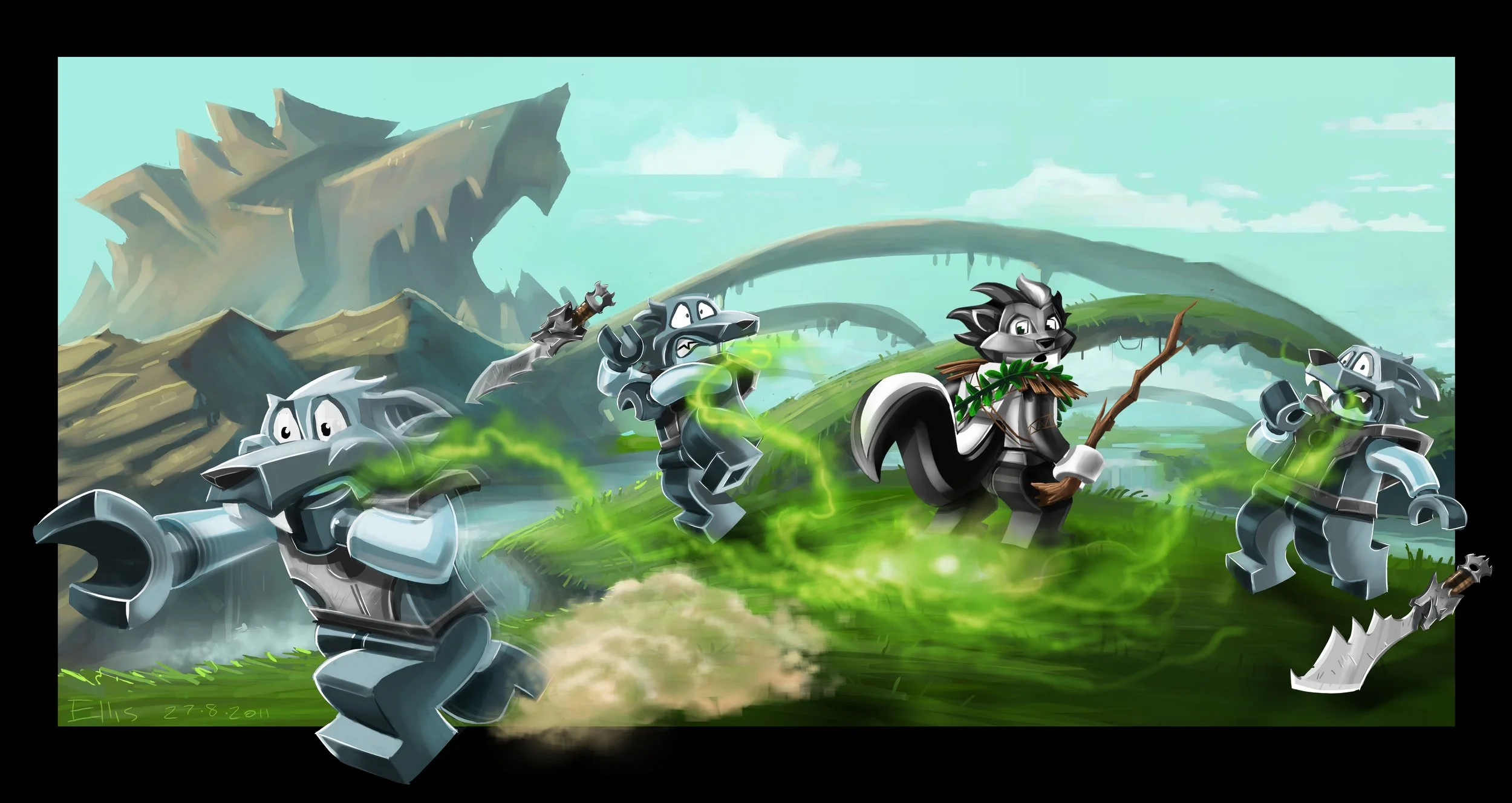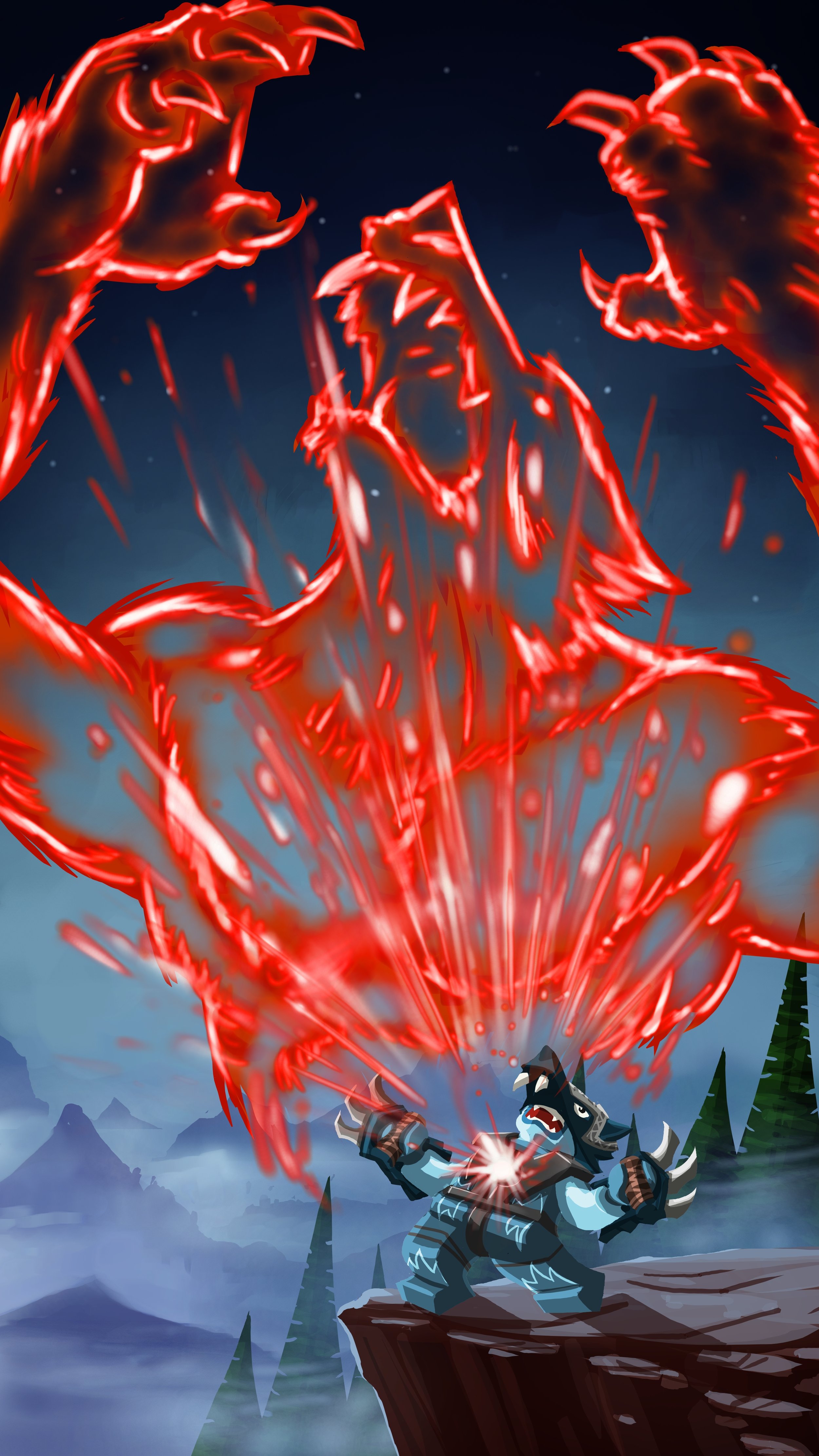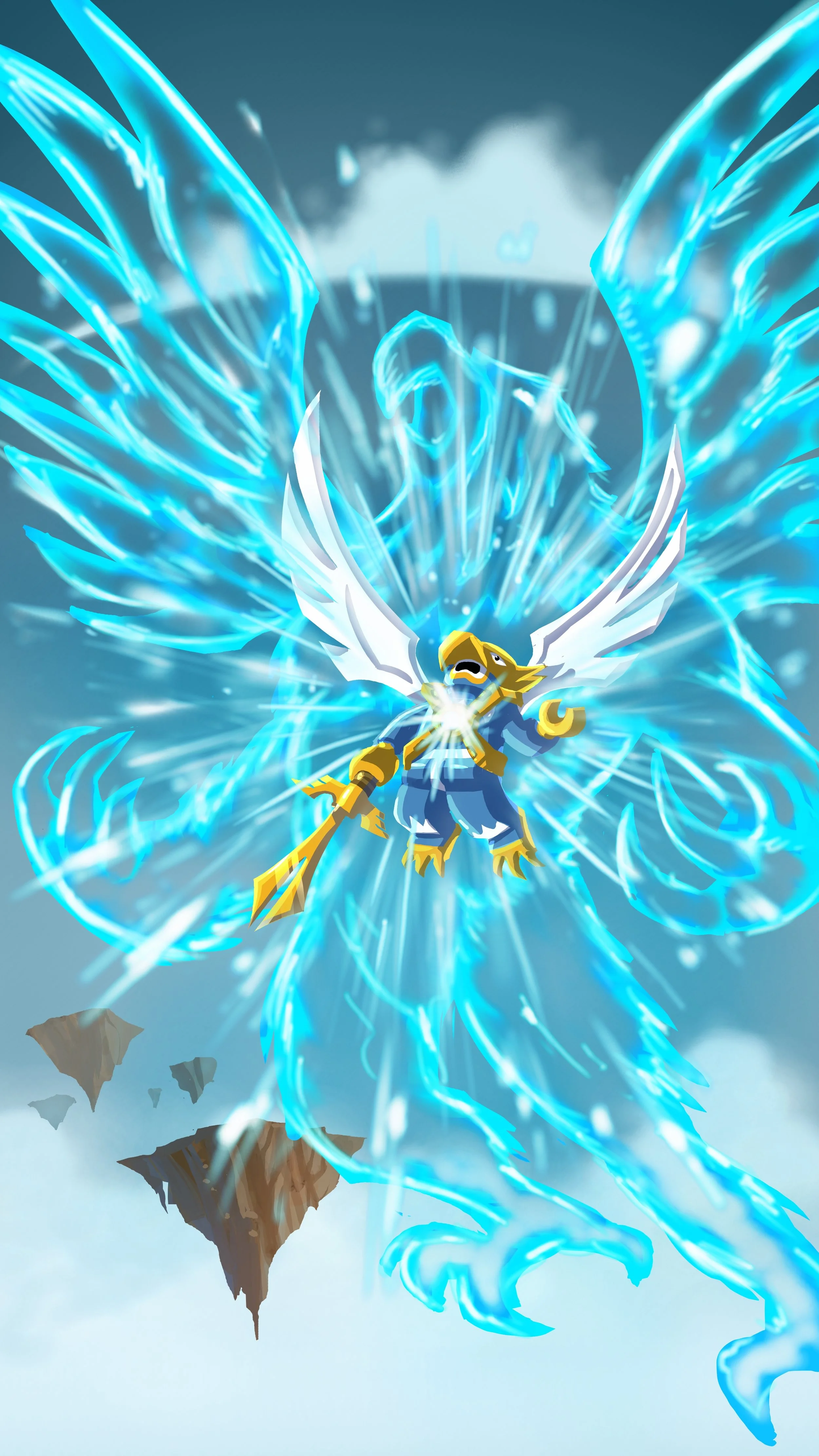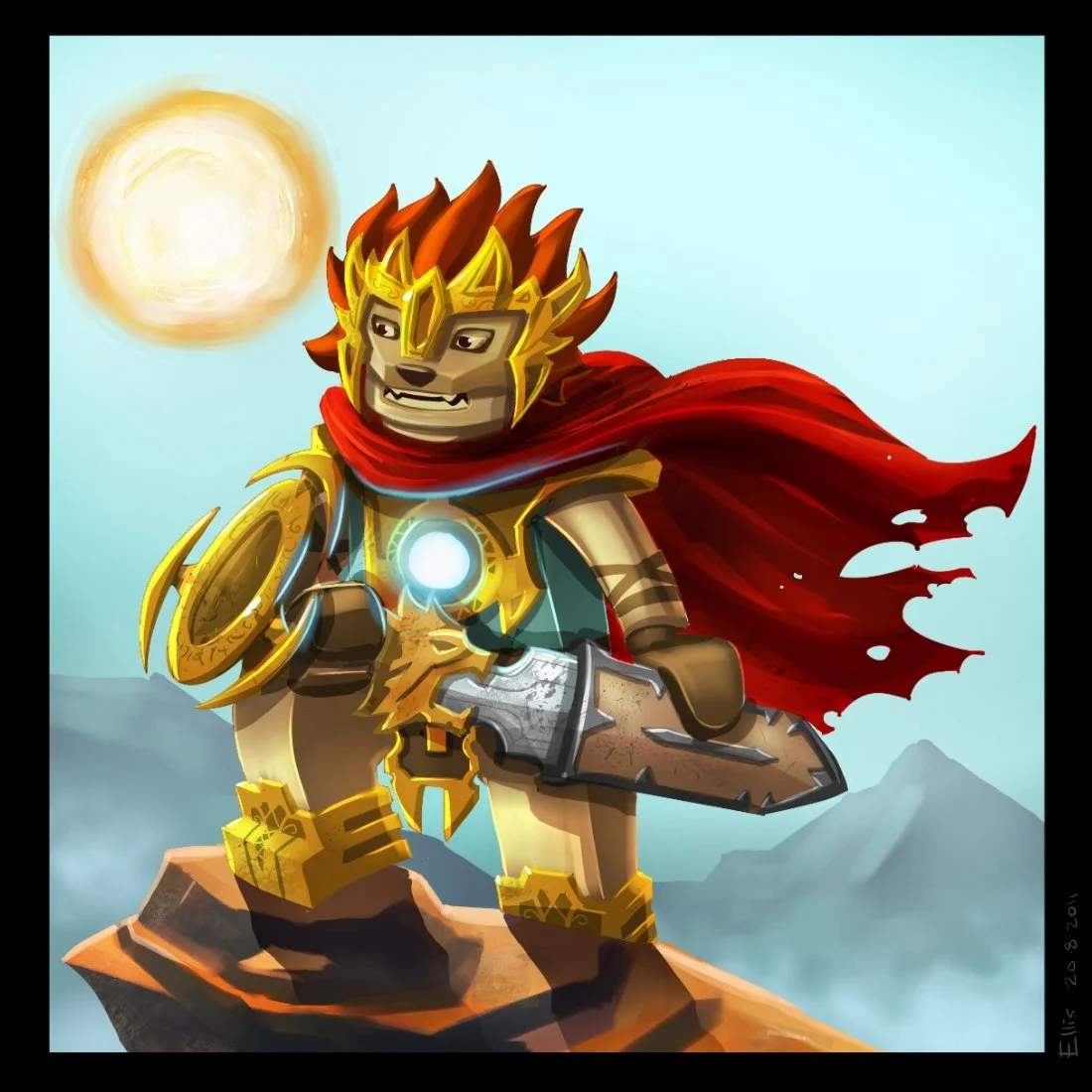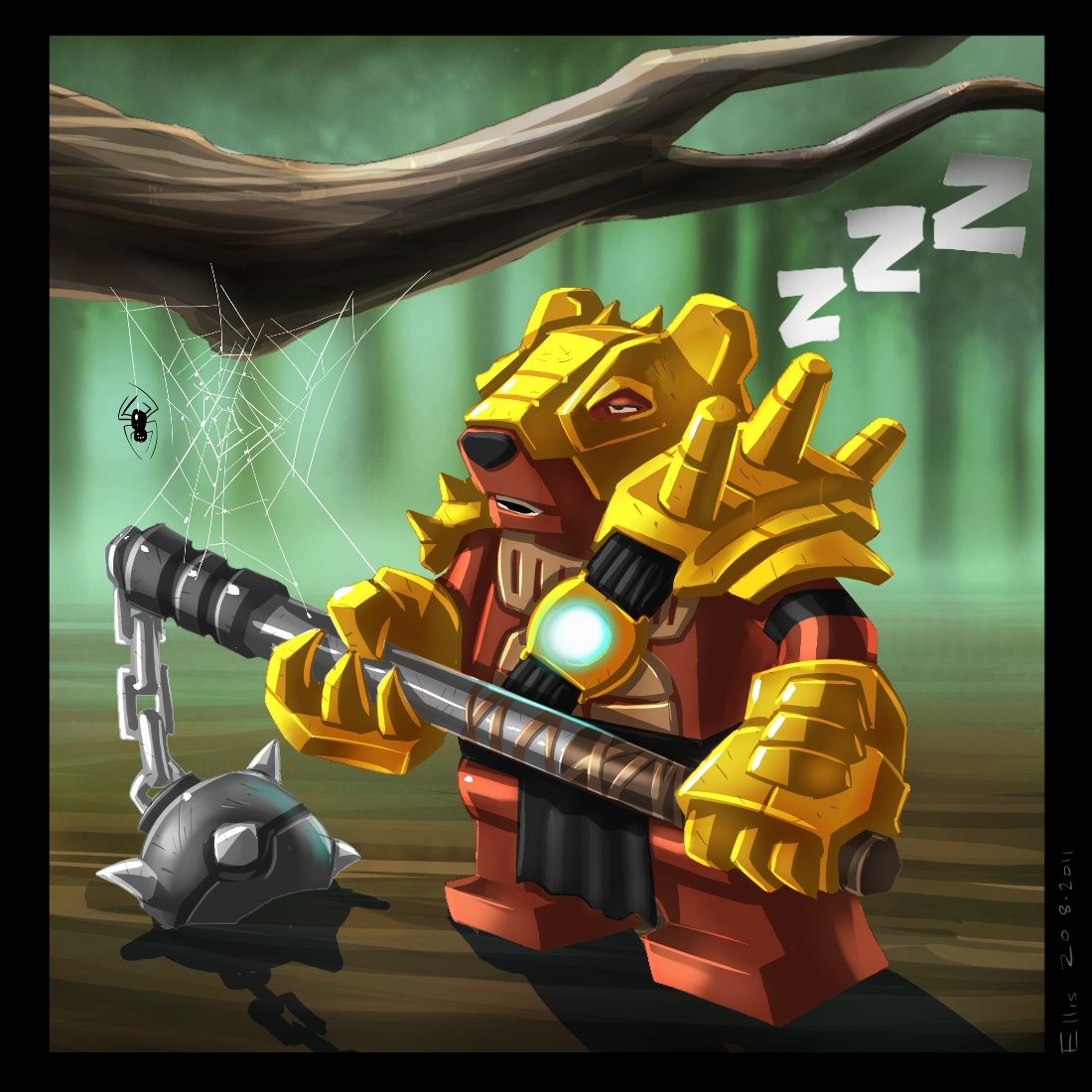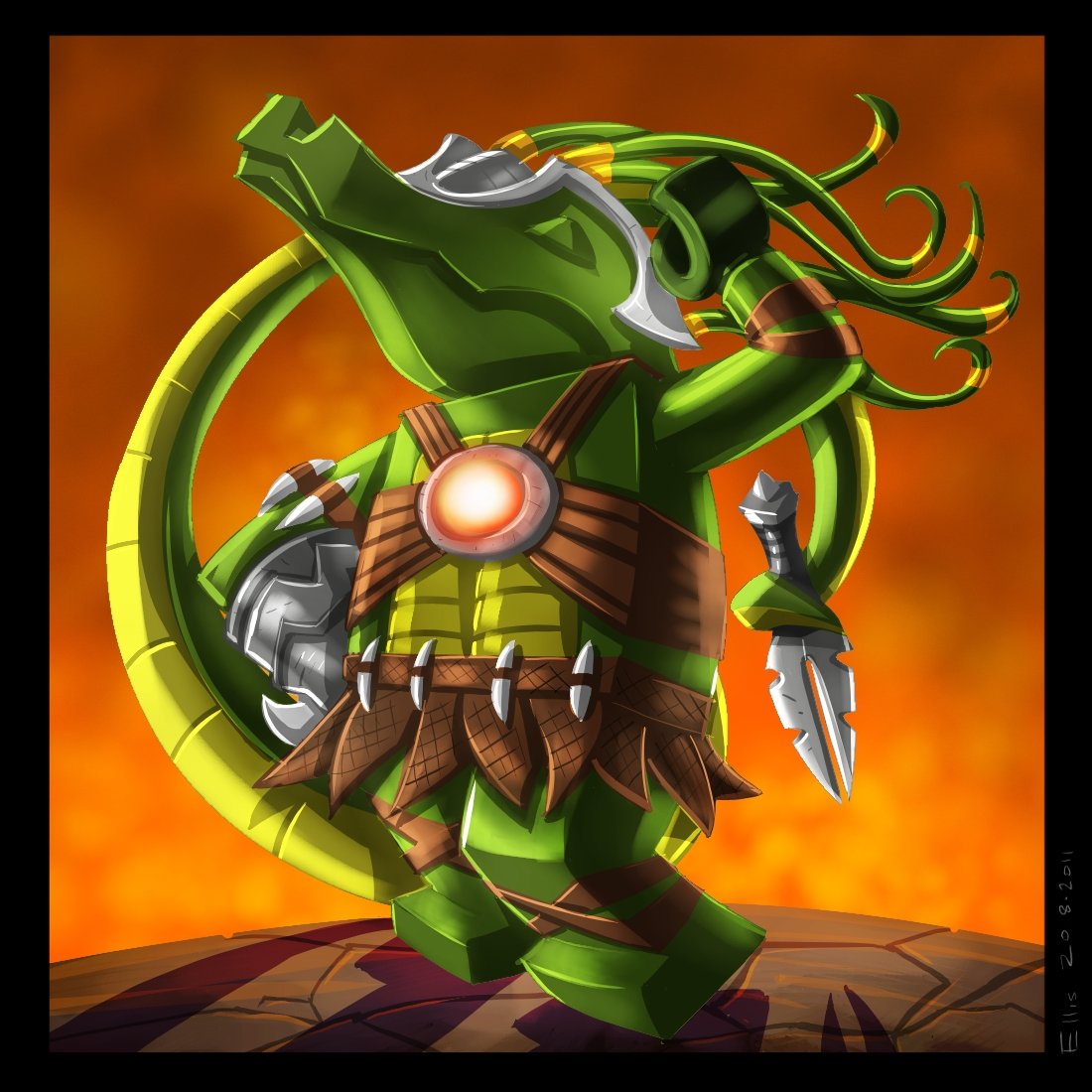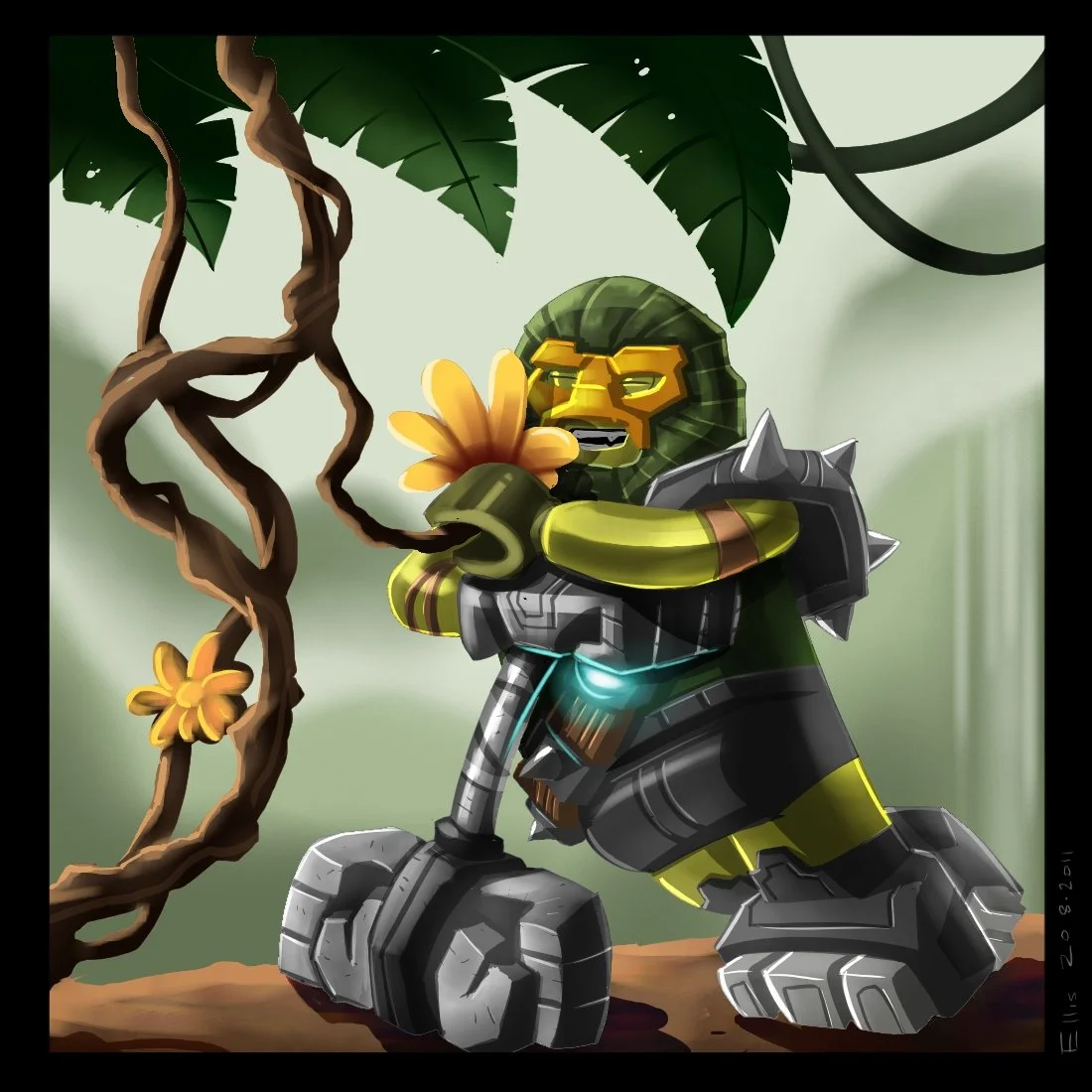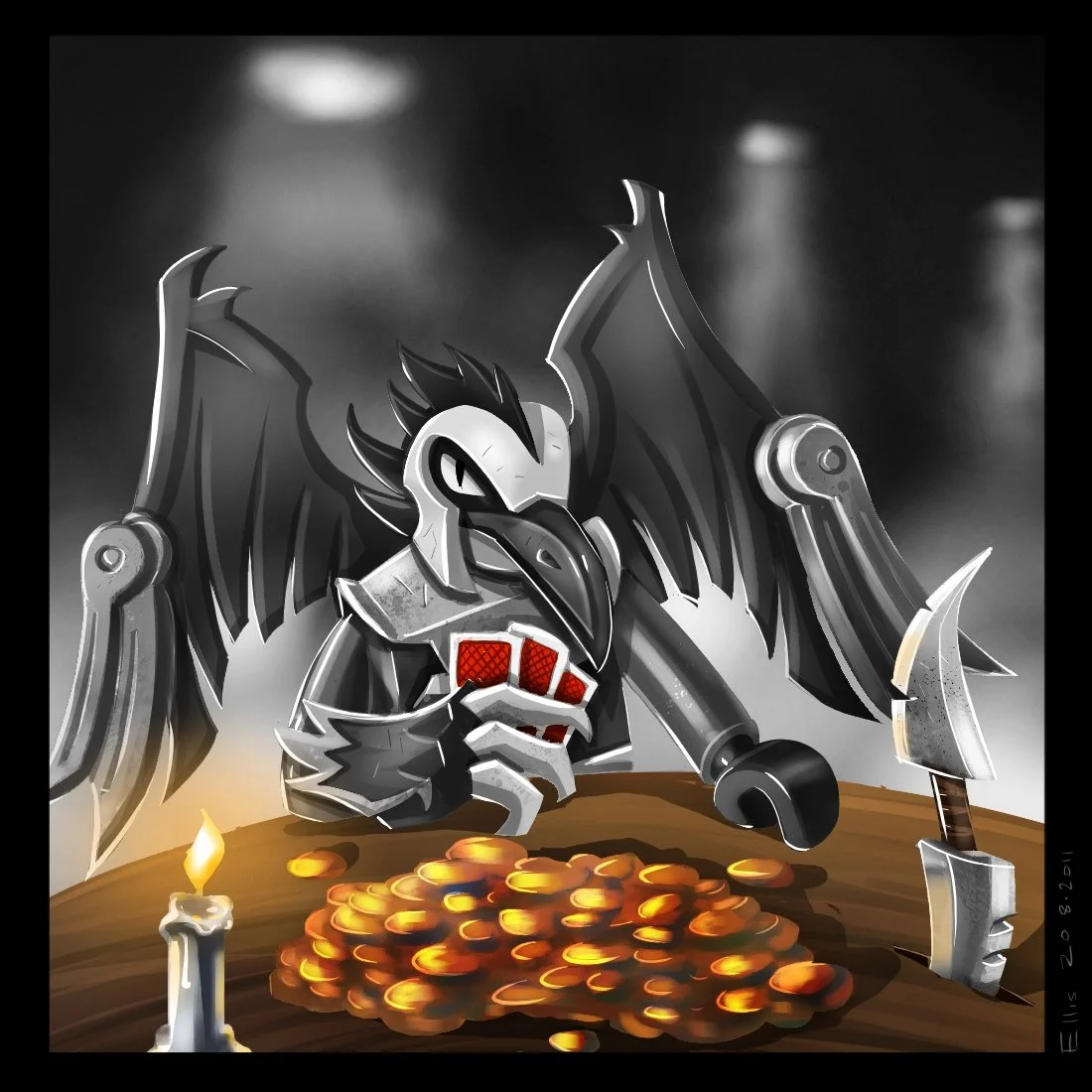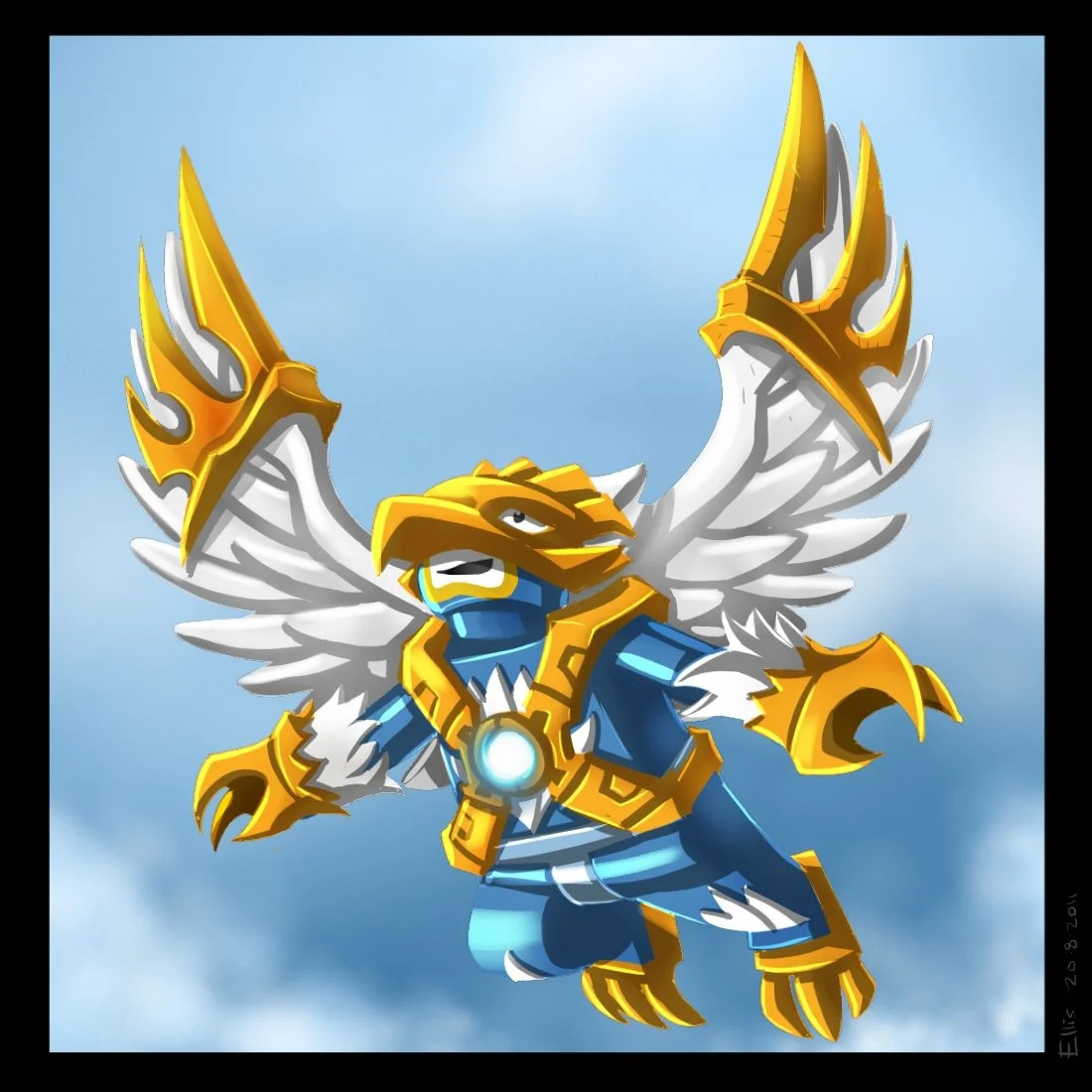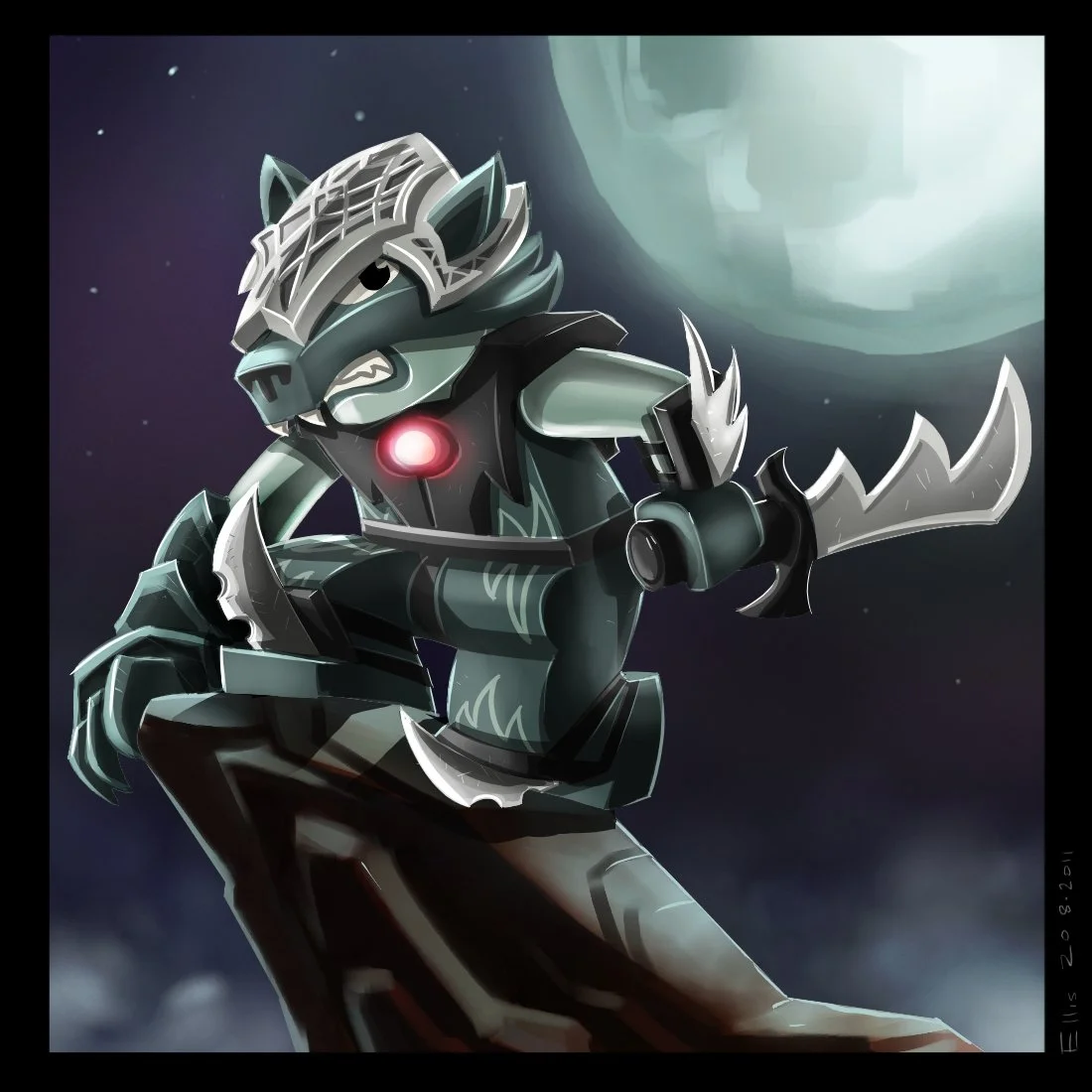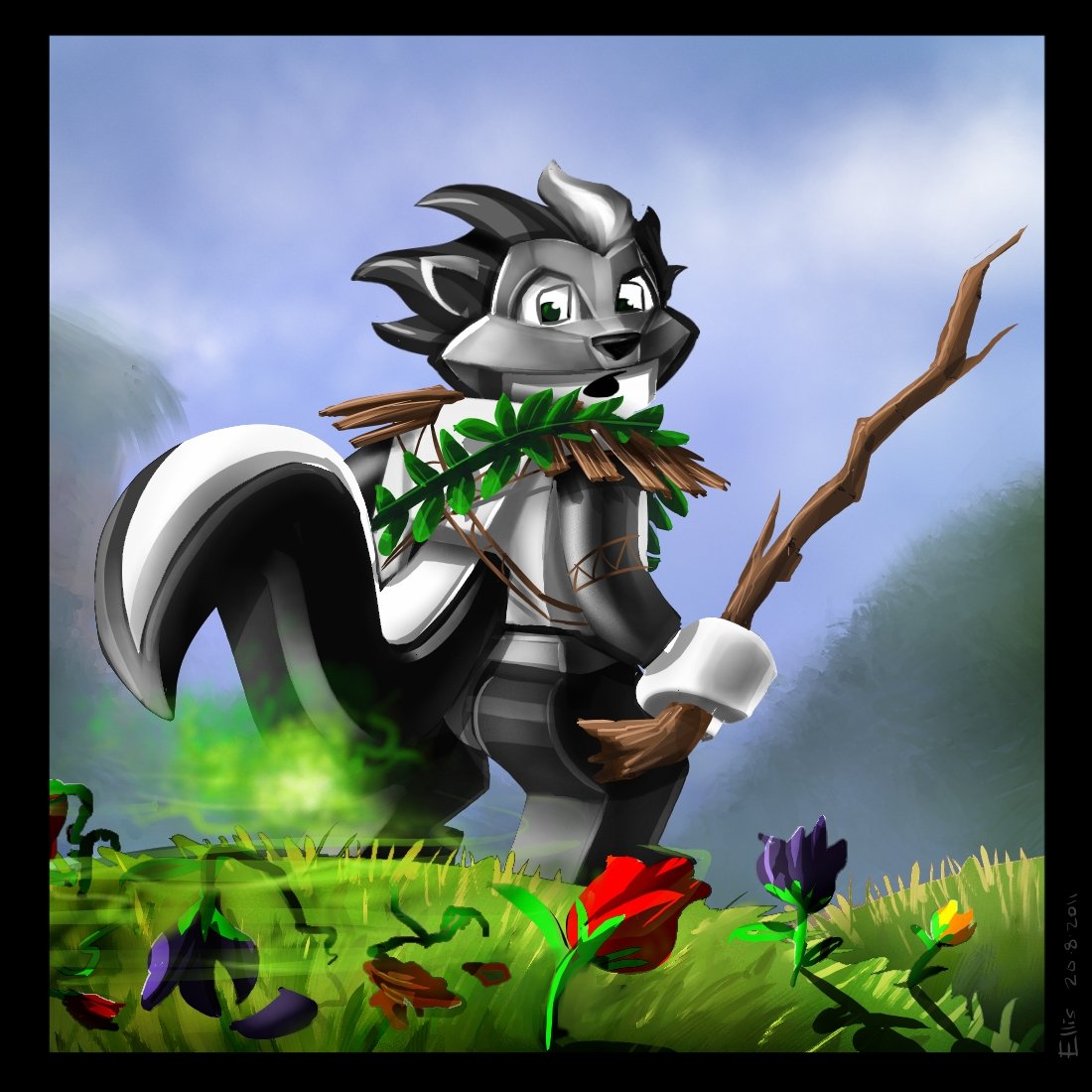Fur-ocious.
LEGO LEGENDS OF CHIMA
Every January, LEGO holds a concept retreat where a select group of creatives brainstorm new “big bang” IP properties. These are themes with enough depth to support expansive multi-media campaigns, including TV shows, social games, and movies. From this session, numerous themes are generated, tested, and refined throughout the year to identify potential major LEGO IPs. The concept for what would become “Legends of Chima” was one of the standout themes pitched at the January 2011 retreat.
LEGENDS OF CHIMA | TEASER TRAILER
ANIMAL KINGDOM
The concept that would eventually become Legends of Chima was sparked by the two sketches below, titled 'ANIMAL KINGDOM,' which I pitched at the January 2011 LEGO retreat. At the time, it was a simple story of warring animal clans, essentially a fusion of two of my favorite childhood shows, HE-MAN and THUNDERCATS.
THE FIERY CRUCIBLE
Developing a new toy IP from the ground up involves creating characters, vehicles, weapons, and toy concepts simultaneously. Throughout 2011, while working with the LEGO Front End IP Group, our focus shifted to expanding, evolving, and refining the concept. As the world and its stories took shape, ideas were continuously captured, tested, and refined through child test groups month after month.
REIGN OF DARKNESS | 2011 Chima Mood Poster
BATTLE SPEEDORZ
Much like the spinner in LEGO Ninjago, speed and battle were core elements of Chima, inspiring the development of a speeder/spinner bike for the property's social game. The gallery below offers just a small glimpse into the design and engineering process behind the Speedorz. I was merely one of many contributors whose concept work helped shape the final design.
UNLEASHING THE BEAST
By the end of 2011, the Front End team had assembled an extensive body of art and development work for Legends of Chima, which would serve as inspiration and a starting point for the writers and animation company. As the property was set to be supported by a television series, there were internal discussions about whether to proceed with a traditional 2D animated series or take the CG route, like its predecessor Ninjago. The gallery below showcases a few 2D animation stills created to explore what this traditional approach might look like. Ultimately, the decision was made to go with CG, and TV story writers were brought in to develop the characters, their backgrounds, and the narrative, aligning the story with the toy themes.
